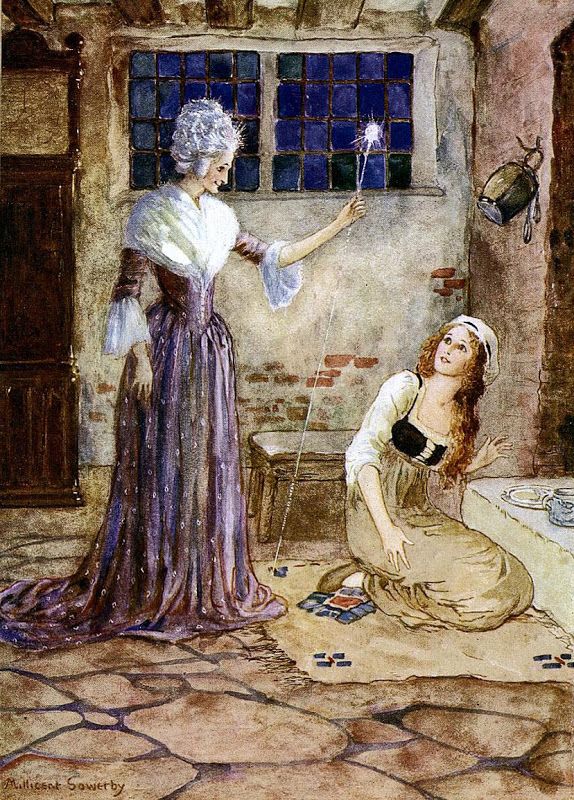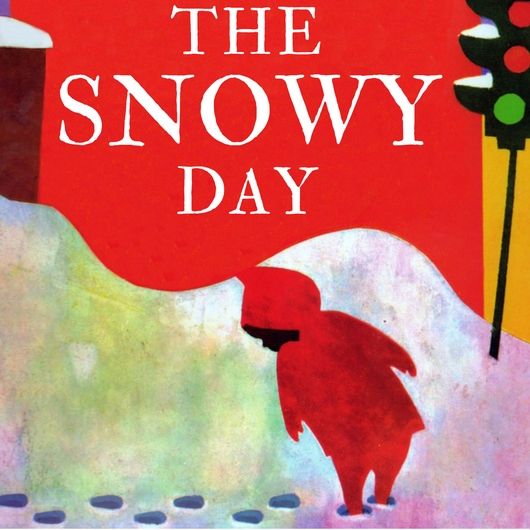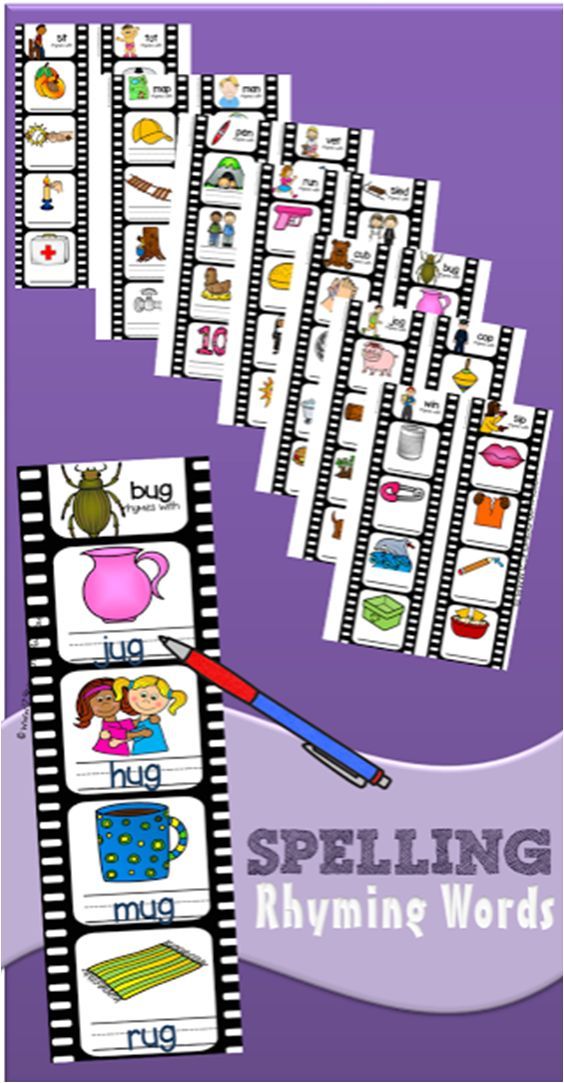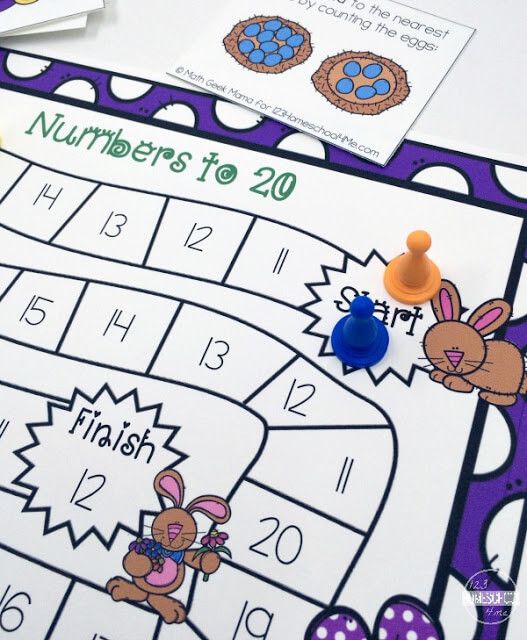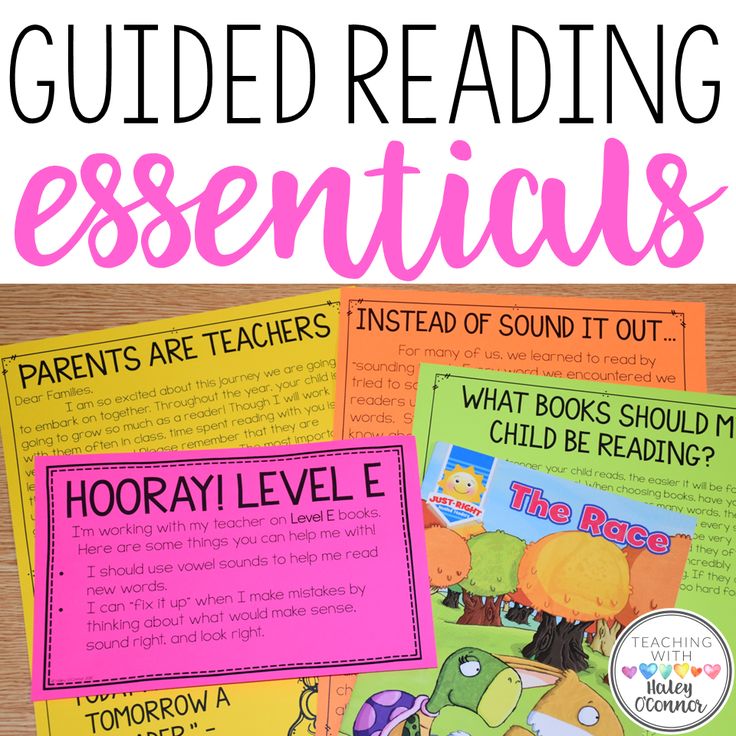How to create an alphabet
Designing an Alien Alphabet
A screenshot from Spryke, showing various uses of its custom alphabet.
A great way to enhance a gameworld's believability and atmosphere is to make a custom alphabet for it. The written word is all around us, and plays a major role in making our world look and feel the way it does. A unique alphabet helps make a unique gameworld.
Anyone who's ever tried designing a font knows how difficult it is. Our brain is very sensitive to disturbances in the flow of readability, and each tiny alteration to curvature or line thickness can mean the difference between elegance and awkwardness.
The good news is that the rules are much looser when designing a fictional alphabet, and it can be very fun. But there's more to it than just throwing down some random squiggles! I've recently designed a complete alphabet for Spryke, and I'll take you through my whole process.
The benefits of adding a custom alphabet to your game
First off, let's take a look at some reasons you might want to design a custom alphabet for your game.
- Written language is everywhere, and is a key component of culture (even its absence in oral cultures is a key component of those). If you want your world to feel like it has its own living, breathing culture, then you need to think about its written language.
- If your game is set in a fantasy or sci-fi world, your characters probably don't speak/write English. Which begs the question: what do they speak/write?
- If your game is in a fictional present-day country, a bespoke alphabet shows that you've put some effort into making your country feel unique, rather than just lazily assembled a bunch of general racial stereotypes, à la the Just Cause and Far Cry series.
- Your alphabet could be used as a sort of code that your players need to try and decipher. You could even base puzzles around it.
- A fictional alphabet means you can populate your world with billboards, signs, and slogans, without having to actually write catchy and convincing content for those billboards, signs and slogans.
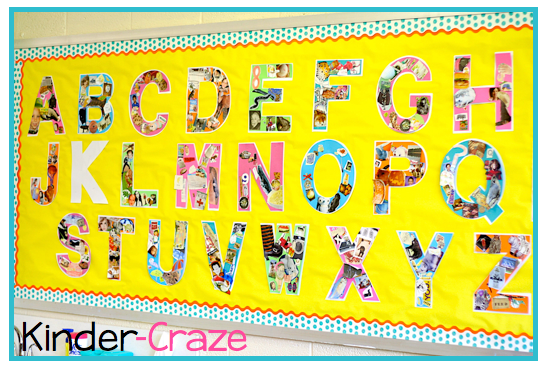
- If you have a number of different cultures/races/species in your game, using multiple alphabets would be a good way to differentiate between them, even when the characters themselves aren't present. For instance, inscriptions in an ancient ruin could indicate the presence of a long-gone foreign race, while text on an empty space ship could emphasise that it belongs to an enemy.
- Designing a bespoke alphabet is fun!
Text says a lot even if you don't understand it. It conveys cultural and aesthetic cues, and can evoke familiarity, strangeness, simplicity, complexity, grace, order, and more.
Step 1: Consider your gameworld's culture
An alphabet's aesthetic and functional aspects reveal a lot about its creators. Its forms naturally spring from the traits of the home culture.
Take this ancient alphabet, for example:
Comprised mainly of sturdy, masculine shapes, these glyphs have a uniformity of size and economy of form that makes them seem almost
engineered, rather than merely written.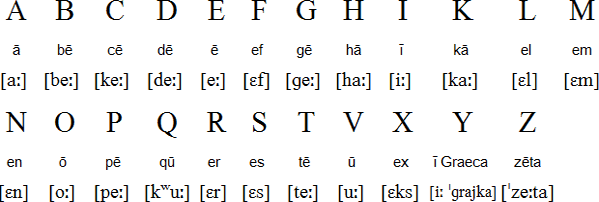 They are solid, upright, efficient.
They are solid, upright, efficient.
Judging by this alphabet, one could imagine that it was created by a pragmatic, rigid culture that prized order, strength, and structure. And actually, that's not a half-bad description of the ancient Romans.
Now look at these characters from another ancient alphabet:
These lack the frugality and symmetry of the Latin characters, and are much more complex, intricate, and floaty. One could suppose that the culture that created them was one that cherished sophistication, artisanship, and nuance.
Now examine a third ancient alphabet:
These jagged, spiky shapes have neither the balance and structure of the Latin letters, nor the grace and complexity of the Chinese ones. Instead, they evoke an aggressive, almost savage vibe. And so they should; they are the Dovahzul alphabet: the ancient language of Skyrim's dragons.
Your game's alphabet can (and will) inform your audience about your gameworld.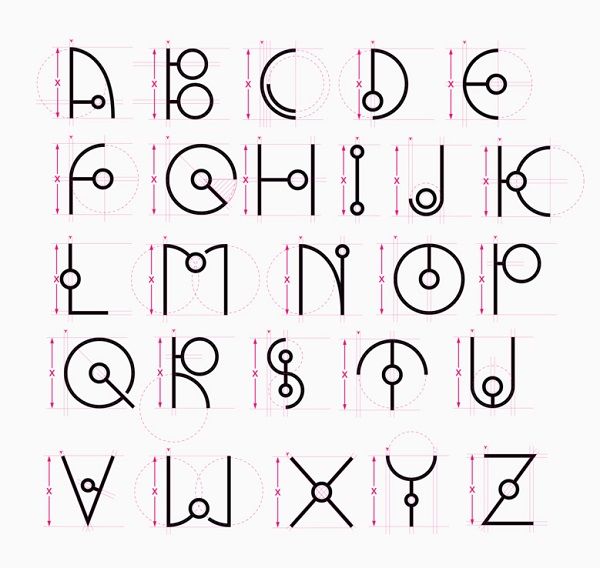 If your alphabet looks interesting, boring, complex, or frivolous, your game's inhabitants will seem interesting, boring, complex, or frivolous. Use this to your advantage, and make sure that it's communicating the message you want it to convey.
If your alphabet looks interesting, boring, complex, or frivolous, your game's inhabitants will seem interesting, boring, complex, or frivolous. Use this to your advantage, and make sure that it's communicating the message you want it to convey.
Step 2: Consider your gameworld's technology
Apart from looking cool and a little bit hostile, there's another reason the dragon alphabet above is comprised mainly of long heavy slashes: It was carved by dragons. Dragons didn't have pens, brushes or chisels, but claws, and the clever designers at Bethesda took this into account.
You may not have consciously thought about these logistics when looting Skyrim's tombs, but you probably noticed it unconsciously on some level. By considering not just the alphabet's personality, but also its logistics, the Bethesda crew designed an alphabet that feels right.
There are various technological factors that can influence a successful alphabet. These Anglo-Saxon runes were usually carved into wood, so they avoid curves and horizontal lines (straight lines were easier to carve, and horizontal lines could have caught in the wood grain and split the wood):
Conversely, this gorgeous Sinhala alphabet from Sri Lanka avoids straight lines and corners (Sinhala was written on fragile palm leaf paper, and sharp corners would have caused tearing):
As you can see, technological considerations can have a profound impact on the look of your glyphs.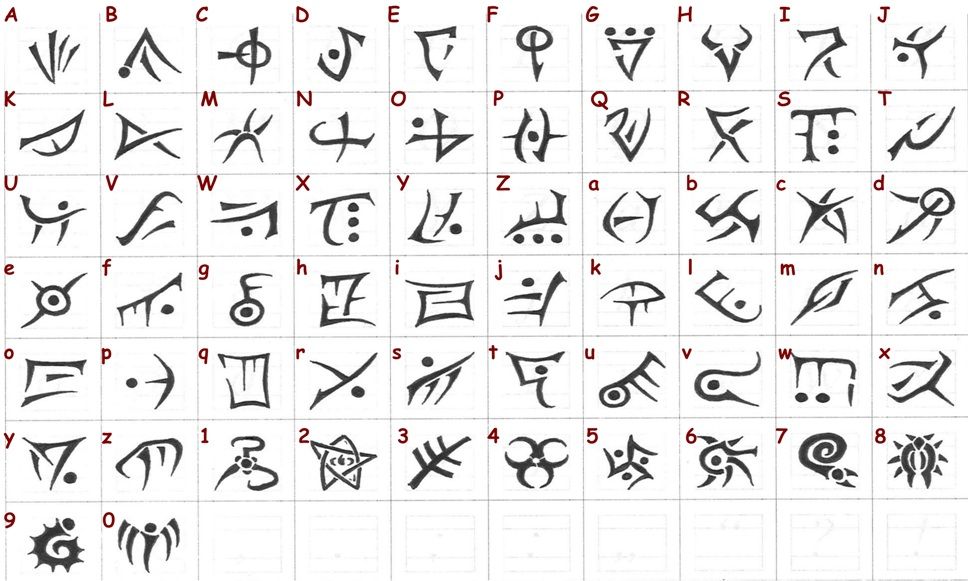 Paying attention to technological logistics won't just make your alphabet more believable, but may take it in an exciting aesthetic direction.
Paying attention to technological logistics won't just make your alphabet more believable, but may take it in an exciting aesthetic direction.
Some things to think about:
- What tools would the people/creatures in your game use to write with?
- What surfaces would they use?
- Do they have an abundant culture that would foster artisanship?
- Do they live in a dangerous world and use a minimalist alphabet that is easy to write in a hurry?
Spryke is set in a distant planet sci-fi setting, so my alphabet needed to look somewhat modern (as it would most often be rendered by precise machines, just like in our present-day world). It would also need to be alien and unfamiliar, while maintaining an element of fun to suit the cartoony vibe of the game.
Step 3: Research
There are loads of writing systems on Earth - possibly more than you think. Look through a few of them to get ideas about what your own will look like.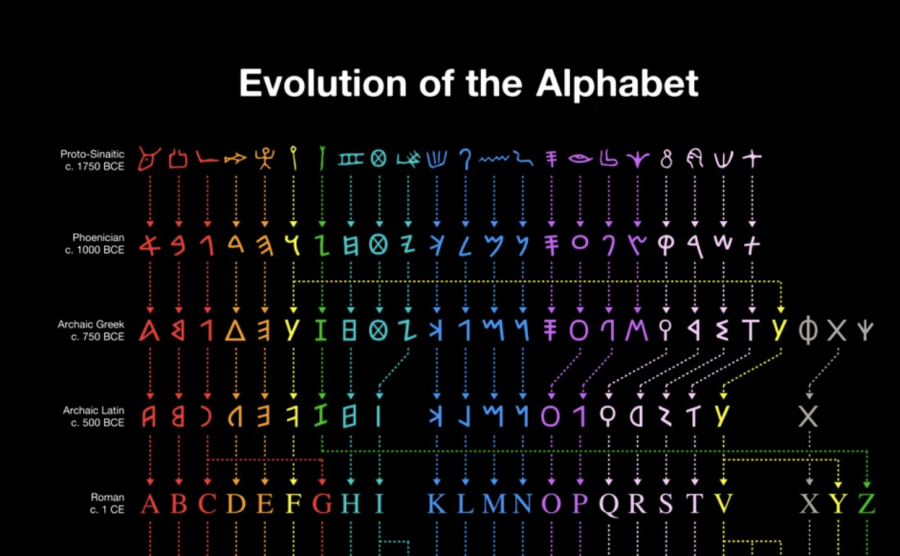
One of my favourite alphabets is this Mkhedruli alphabet (from Georgia)
Another favourite is the Ge'ez (Amharic) alphabet, which I first saw on a hand-written letter from my Ethipian sponsor child. I had never seen it before, and I loved how beautiful and unusual it was.
So, do some research and get ideas. Don't forget to check out different fonts where possible, as they may employ different design solutions. After all, a traditional Japanese scroll will have a dramatically different aesthetic to downtown Tokyo neons.
But if you're like me, inspiration is just a few centimetres away!
Both of my arms are tattooed with a prayer written in Glagolitic, an ancient Slavic alphabet. Convenient! Clearly, I have an affinity for this alphabet, and so this is the one I chose as my starting point.
Step 4: Choose your elements
Most writing systems are constructed using just a few building blocks, in various combinations.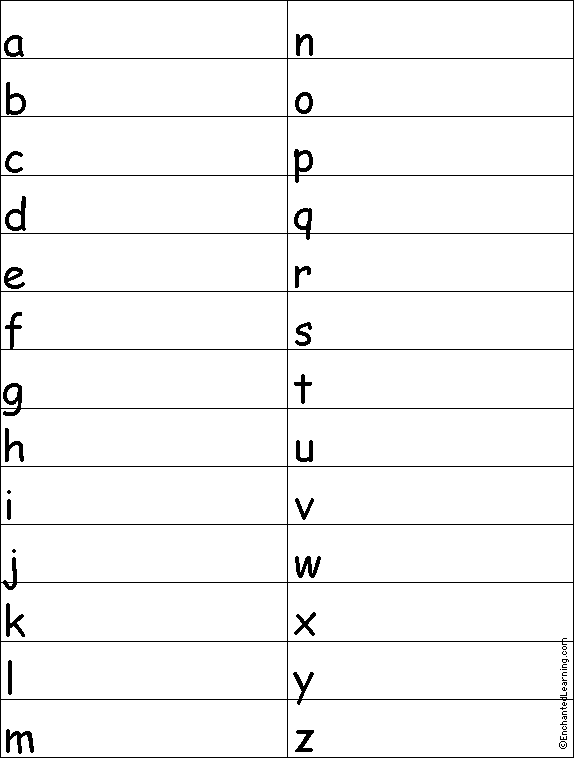 It's a good idea to pick your building blocks before you start designing any characters. This will help you create a cohesive design while guarding you from relying too heavily on the shapes of your native alphabet.
It's a good idea to pick your building blocks before you start designing any characters. This will help you create a cohesive design while guarding you from relying too heavily on the shapes of your native alphabet.
Pick a few appropriate shapes that will form the backbone of your alphabet's aesthetic. Remember to peruse existing alphabets for inspiration if need be.
Spryke's alphabet needs to look a bit cartoony, and like it belongs to an alien race. My starting point of Glagolitic is actually a pretty good choice, because it's unique looking and looks quite alien to modern eyes, having gone out of usage long ago. In addition, its hollow circle and equilateral triangle motifs lend it a certain geometric look that fits well with my desired cartoony vibe. To make my alphabet a bit more hi-tech looking, I focused on straight lines and precise angles.
I decided my core elements would be equilateral triangles (3 sizes), circles (2 sizes), and angles of 45,60,90, and 120 degrees
Step 5: Sketches on Paper
Next, I used those elements to doodle several pages' worth of characters, referring to my Glagolitic alphabet (ie. looking down at my arms) as I went. Some characters looked good, others sucked, and most took several iterations to find their sweet spot.
looking down at my arms) as I went. Some characters looked good, others sucked, and most took several iterations to find their sweet spot.
Step 6: Vectorise and finalise
Once I had loads of characters on paper, I went back through them and circled the 40 or so that had the most promise. I ported these into Photoshop using the vector shape tools (You could of course use Illustrator or some other software). After plenty of fine tuning and iteration, my alphabet finally took shape. I'd created 52 finished characters in all:
Some things to consider while working on your characters:
- Keep line thickness as consistent as you can
- If a particular character calls for it, feel free to deviate from your core shapes, angles, and line thicknesses. Just don't deviate from them thoughtlessly or by accident.
- As with all design, the secret is in iteration, iteration, iteration.
- Try all of your designs flipped or rotated - they might look better that way
- Decide how the weight of your alphabet will feel.
 Will your characters be grounded downwards like Latin, pull toward the heavens like Hebrew, or float weightlessly like Chinese? I chose to centre mine weightlessly, as I felt that this made them feel more digital, spacey, and self-contained.
Will your characters be grounded downwards like Latin, pull toward the heavens like Hebrew, or float weightlessly like Chinese? I chose to centre mine weightlessly, as I felt that this made them feel more digital, spacey, and self-contained. - Only do uppercase/lowercase if you have a really good reason for it, as it'll double your workload. Many real-world alphabets only have one case.
Step 7: Punctuation
Forgot about punctuation, didn't ya? For our purposes, there are two types of punctuation, which I'll call structural and emphatic.
- Structural punctuation - such as commas, dashes, and semicolons - is punctuation that helps readability by organising sentences correctly; we don't really need it here, since our fictional text won't be readable anyway. Though feel free to include it in your alphabet, as it may add: visual interest, authenticity, diversity.
- Emphatic punctuation emphasises the context of a phrase by indicating that the words "came from somewhere else" or that they are very important!! Could emphatic punctuation even be used to emphasise uncertainty? Or perhaps even.
 ...............................silence?
...............................silence?
Whether or not you need punctuation at all is up to you and the specifics of your game. I decided that Spryke won't need structural punctuation, but could benefit from some emphatic punctuation.
If you choose to use emphatic punctuation, you must make it somehow decipherable by your audience, even though the rest of your alphabet isn't. There's no point inventing a question mark symbol to replace "?" if people will think it's just another letter.
There are several ways to tackle this:
- If your game's inhabitants are modern day humans, it may be appropriate to just use English punctuation marks, since some modern-day non-Latin languages also use them.
- You could use creative variations of English punctuation marks that look somewhat original, yet still understandable.
- You could ditch punctuation marks altogether and rely on other methods to emphasise certain words, like colour, spacing, italics, bold, underlining, and size.

- You could make your punctuation marks look so different from your letters that there's no mistaking the two.
I went with the last option, and made three different punctuation marks. My players won't know what exactly they mean, but the marks should stand out enough to make it clear that they imply emphasis of some sort. Their unique design, raised position, and parenthesis-like clumping of other characters should all help with that.
Step 8: Numerals
As with emphatic punctuation, numerals need to be visually different from your letters. For Spryke, I achieved this in two ways. First, I made them smaller and more uniform in size. Second, I constructed them from different shapes.
I exclusively used arcs (incomplete portions of circles), to give them a different appearance from the letters, which were made from complete circles, triangles, and straight lines.
Step 9: Fonts
I'm writing this in a small home office, yet I can see more than 20 different fonts without even getting off my chair: several across my computer screens, a different one on the logo of almost every appliance and piece of computer hardware in the room, and a few on an old bill on my desk. No matter where you are, I bet you'd find plenty of fonts around you too.
No matter where you are, I bet you'd find plenty of fonts around you too.
Our world is loaded with different fonts, and things would look weird if everything was suddenly written in only one. So your gameworld should probably have a few fonts too. Making new fonts won't be quite as time-consuming as inventing your glyphs was, but it will still take a lot of work. I suggest making a few fonts, with specific use-cases in mind.
I made four:
- My original font, which works well at small sizes due to its thin, uniform line weight.
- A bolder one suitable for larger uses like building signs or machinery. I added slight curvature to various triangles and lines to give a softer, bolder look.
- A rough, scrawled version for graffiti, cave paintings, etc. This was the only version in raster format.
- A playful, stylised variant, for use on advertisements, neon signs, and the like. To give it a friendlier look, I eliminated most sharp corners, and tweaked the configurations of various characters, ensuring that white space between the various elements was kept loose.

Putting it all together
Various in-game elements throughout the world of Spryke, containing text, with various combinations of letters, numbers, punctuation and fonts.
Done! I now have a unique, cohesive, and interesting alien alphabet comprised of 52 letters, 10 numerals, 3 punctuation marks, and 4 fonts (that's 260 characters in total). I can now pepper it throughout Spryke's gameworld as I continue to develop it, confident that I have glyphs to suit any context.
I hope this helps someone, and if you've designed your own alphabet, I'd love to see it!
This article was originally posted at the Volnaiskra devblog. You can continue to see Spryke evolve by liking my facebook page.
The Walk of Words: Creating a Fantasy Language: creating an alphabet
(Creating a fantasy language: (Lesson 1, Rationale, Lesson 2, Lesson 3, Lesson 4, Choosing words, Creating an Alphabet)
I mentioned in my last "Creating a fictional language" post that I enjoy creating symbols when coming up with words. But there are a few ways to do that.
But there are a few ways to do that.
There are two essential ways to create an alphabet: Start with a set of sounds, or start with a set of "letters."
If you start with your sets of sounds, you simply draw a character for each sound. If you have a system that combines consonant and verb sounds, it may help to arrange your sounds in a chart. Then draw a character that will stand for each sound.
| possible words: "bahteelo"; "saybolay" |
You can also start with the symbols and assign them sounds. This works especially well if you have an alphabet-style language, which combines letters into words.
| Combine characters to make words: "kosnowch"; "groy" |
In each case, you'll want to decide if the sounds are analogous to English, especially verb sounds--do you have a single "o" letter for both "for" and "both"? Is "aw" different from "apple" or "apricot"? If you have multiple forms of a vowel, you may consider having different symbols for each pronunciation.
You might also decide the reverse, giving multiple pronunciations to a single character based on context. If so, I suggest holding off on deciding the rule until the end of establishing your alphabet (but you will need a rule.)
You may also have letters that "interrupt" or "add on" to sounds, especially if you have verb-consonant characters.
| "traton" would be "ta" in a box + "to" + "-n" And just ignore the "L" at the top I forgot to delete... |
In the example above, adding a box around a triangle would be pronounced "pray"; a box around vertical line would be "tro." Meanwhile, a dot above a triangle would be "pays" and above a horizontal line would be "tays" (like "taze"). I usually make modification sounds their own column.
(This example also has a couple of irregular letters in the "p" column: "pled" and "peel." Just because you follow a pattern doesn't mean your letters all play by the rules. )
)
If you've waited this long to create your language, you probably already have a good idea what major sounds your language uses. I typically also try to keep each letter to 1-4 strokes when writing it, with most being simple--after all, an inconvenient language takes longer to write.
Assigning a scribble to each letter doesn't take terribly long. It's memorizing the combinations that gets hard. Keeping each letter distinct can be tricky, and you may end up with a system like a vertical line for all "ah" sounds with different scribble variations denoting which consonant.
And of course, a 6-consonant language is pretty hard to work with. I've found that single-letter alphabets are shorter to work with, while consonant-vowel combos take more characters to make a complete alphabet. The more sounds that go into a single character, the more characters you'll need to express your entire language.
After you've put together your alphabet, consider if you want any characters to have special rules ("paw" never goes beside "tae"; "pled" never gets an "-n" added to it; "bay" when combined with "-ed" sounds like "blade"; etc).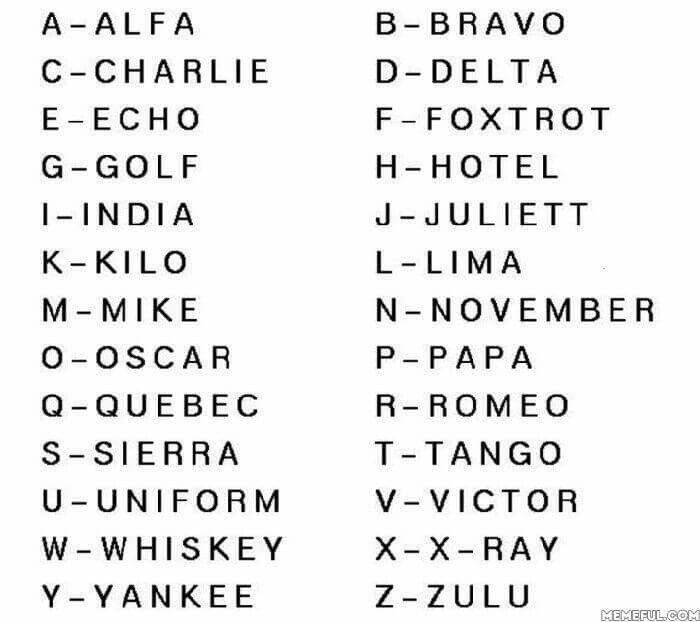 If you've started with a language and have a list of rules, add these rules to your list; they're just as important.
If you've started with a language and have a list of rules, add these rules to your list; they're just as important.
Then it's just practice. Write a couple of words in the language (if you have a vocabulary list, try a few already on it. Then try a sentence or two.)
As a final step, think about punctuation. How do you denote sentence stops and sentence beginnings? Or do you? I find it a lot easier to have the basics period and comma, at the very least. Or if not a period, then a sign that new sentence is beginning.
(Creating a fantasy language: (Lesson 1, Rationale, Lesson 2, Lesson 3, Lesson 4, Choosing words, Creating an Alphabet)
Alphabet Development - ProGamer.Ru
A screenshot from Spryke showing various uses for the alphabet created for the game.
Creating your own alphabet is a great way to make the game more atmospheric and believable. Writing surrounds us everywhere and significantly affects how we perceive fictional worlds. The unique alphabet will add uniqueness to the game world.
The unique alphabet will add uniqueness to the game world.
Anyone who has ever tried to come up with their own font understands how difficult it is. Our brains are very sensitive to readability, and even the smallest changes in curves or line thickness can cross the line between elegance and absurdity.
The good news is that there are no hard and fast rules when creating a fictional alphabet, and it's a lot of fun to design it. But here you can’t do without randomly sketched squiggles! I recently worked on the alphabet for the game Spryke and now I can share with you all the details of this process.
Benefits of having your own alphabet in your game
First, let's take a look at a number of reasons that might motivate you to create a separate alphabet:
- Writing is ubiquitous and is a key component of culture (even its absence from oral cultures would be). If you want the world of the game to have the signs of a living, breathing culture, you should think about its writing.
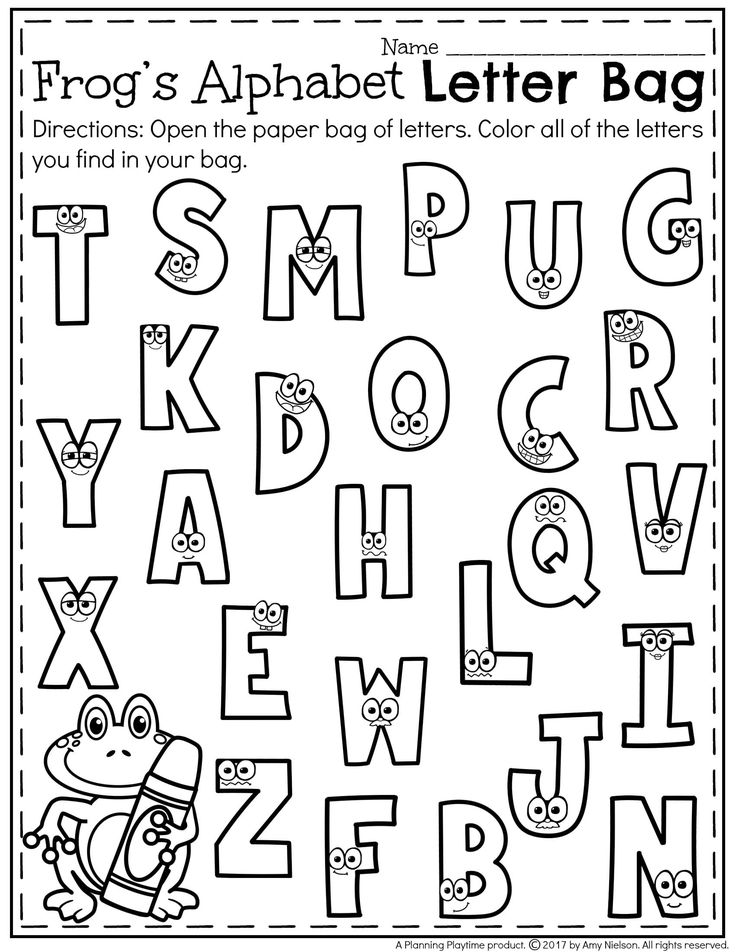
- If your game is set in a science fiction/fantasy setting, its characters probably don't need to speak/write English. This begs the question: what language do they speak/write?
- If the game takes place in a fictional state of our time, the newly created alphabet will show that you have tried to make this country unique, and not just put together well-known stereotypes, in the manner of Just Cause and Far Cry.
- The alphabet may be some sort of code that the players have to decipher. Puzzles can be built around this.
- Fictional alphabet allows you to fill the game with billboards, signs and slogans without the need to come up with catchy and meaningful texts for them.
- If your game has multiple cultures/races/sub-species, their alphabets will show the difference between them even without characters present. For example, inscriptions in ancient ruins will serve as a sign of a lost civilization, and symbols on an empty spaceship may hint that it belongs to the enemy.

- Designing the alphabet is a lot of fun!
The text says a lot even to those who do not understand it. It holds cultural and aesthetic cues and can look familiar or alien, simple or intricate, artsy or orderly, and more.
Step 1: Checking in with the culture of the game world
The aesthetic and functional aspects of the alphabet reveal a lot about its creators. Its forms naturally come from the characteristic features of the culture that gave birth to it.
For example, take a look at this ancient alphabet:
Consisting predominantly of solid, masculine forms, these symbols have such unity of size and economy of outline that it makes one think that they were not written, but constructed. They are strong, fit, rational.
Judging by this alphabet, it can be assumed that it was created by a pragmatic, strict culture that values order, strength and a clear structure. And in general, this is not the worst description of the ancient Romans.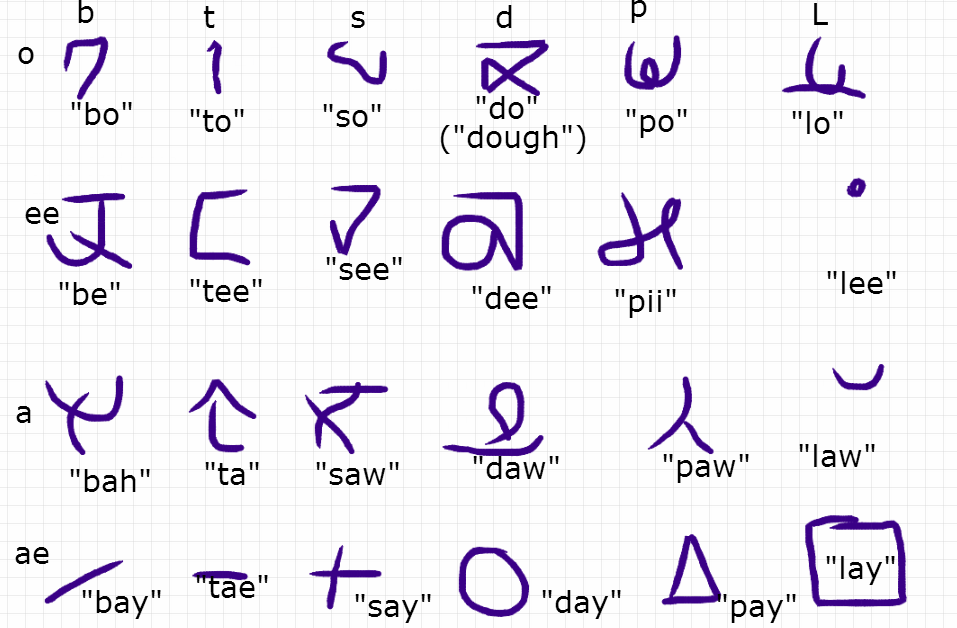
Now look at the symbols of another ancient alphabet:
They do not have the moderation and symmetry of Latin letters, they are much more complex, intricate and smooth. The culture that created these symbols must have valued sophistication, ingenuity, and subtle nuances.
Looking at the third example:
The pointed, jagged forms of these characters lack the balance and simplicity of Latin letters, and lack the intricacy and grace of Chinese characters. Instead, they show aggression bordering on ferocity. And no wonder, because this is Dovazul, the language of dragons from Skyrim.
Your alphabet can (and will) provide players with information about the game world. If the alphabet looks interesting, boring, complex or frivolous, then the inhabitants of the game will also seem interesting, boring, complex or frivolous. Use this to your advantage and make sure the alphabet conveys exactly what you intended.
Step 2: Checking in with the technology in the game world
The many long, slashed lines in the dragon language don't just make it impressive and a bit hostile. These symbols were carved by dragons, which did not have feathers, brushes and chisels, but had claws. Designers from Bethesda used this fact wisely.
These symbols were carved by dragons, which did not have feathers, brushes and chisels, but had claws. Designers from Bethesda used this fact wisely.
You might not even think about it while rummaging through the dungeons, but you might notice it on a subconscious level. Taking into account not only the individual, but also the way the characters are written, Bethesda has developed an alphabet that looks believable.
There are several technological factors that influence the success of an alphabet. These Anglo-Saxon runes were usually carved into wood, so there are almost no smooth and horizontal lines (straight lines are easier to carve, while horizontal ones can damage the wood structure and split the plank):
On the other hand, this magnificent Sinhalese alphabet (Sri Lanka) avoids straight lines and angles (Sinhalese writing was written on paper made from thin palm leaves, and sharp corners could lead to tears):
As you can see, accounting technologies will have a direct impact on the look of your alphabet.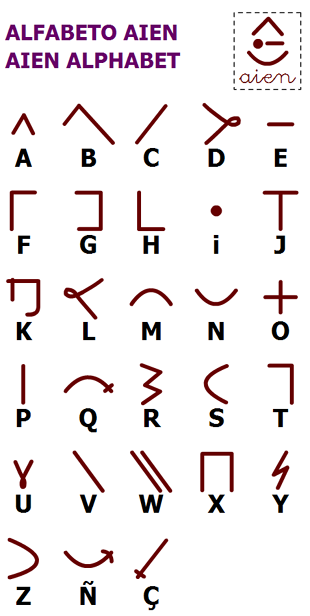 Attention to technological aspects will not only make the symbols believable, but also suggest an interesting aesthetic direction.
Attention to technological aspects will not only make the symbols believable, but also suggest an interesting aesthetic direction.
Things to think about:
- What do people/creatures write in your game?
- What do they write on?
- Do they live in abundance and art flourishes in their culture?
- Do they live in a dangerous environment and use minimalist writing to write faster?
Spryke is set on a distant planet in a fantasy setting, so my alphabet needs to look modern (because it's rendered mostly by precision machines, just like our world today). It also needs to be alien and unfamiliar, but retain a humorous edge while maintaining the overall cartoon style of the game.
Step 3: Learn the actual alphabets
There are many writing systems on our planet - probably more than you think. Check out some of them to better understand what you want to see yours.
The Mkhedruli alphabet (Georgia) is one of my favorites.
Another of my favorite alphabets is Geez (Ethiopia). I first saw him in a letter from my sponsored child from Ethiopia and immediately fell in love with his beauty and unusualness.
So do a little research and look for something interesting. Don't forget to check other fonts whenever possible, they may use completely different design solutions. After all, the aesthetics of traditional Japanese scrolls are starkly different from the neon signs in downtown Tokyo.
But if you're like me, you won't have to look far for inspiration!
Both of my arms are tattooed in the form of a prayer in Glagolitic, the ancient Slavic alphabet. Very convenient! Obviously, I have a special attachment to this alphabet, so it became my starting point.
Step 4: Selecting Basic Elements
Most writing systems use various combinations of a small number of elements. It will be a good idea to decide on these building blocks before making the very first sketches of symbols.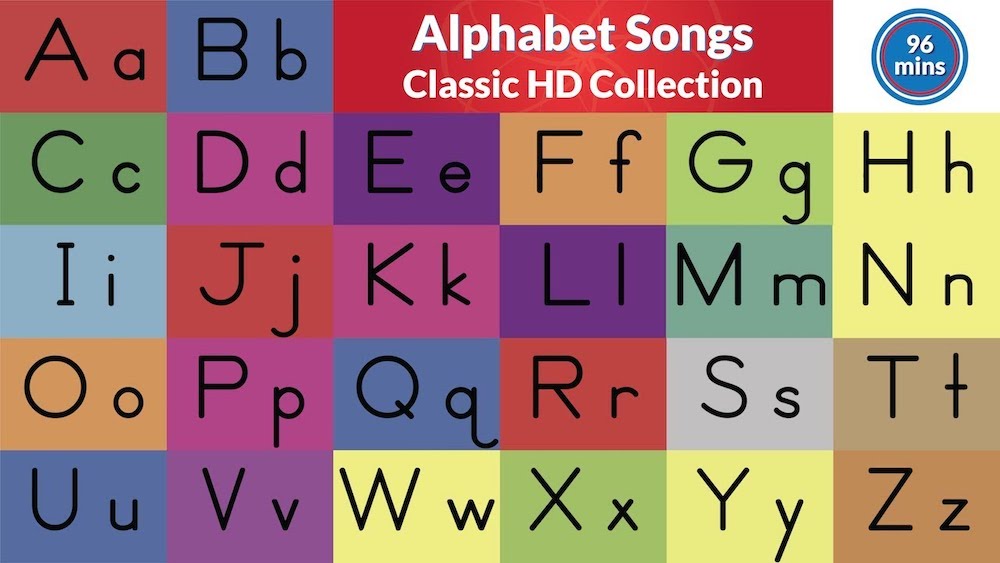 This will help create a harmonious design and not rely too much on the spelling of your native language.
This will help create a harmonious design and not rely too much on the spelling of your native language.
Choose a few suitable shapes that will define the aesthetics of the alphabet. Don't forget to look at real-life examples you like for inspiration.
The Spryke alphabet is supposed to be slightly frivolous and belonging to an alien race. My choice of Glagolitic turned out to be quite useful, because its unique look in itself makes it foreign by modern standards, since it has long since fallen into disuse. In addition, her characteristic motifs with circles and triangles fit perfectly with the required cartoon style. Making the alphabet more technological, I settled on precise angles and straight lines.
I chose equilateral triangles (3 sizes), circles (2 sizes) and angles of 45, 60, 90, and 120 degrees as the main elements.
Step 5: Sketching on paper
Next, I sketched a few pages of examples of symbols with these elements, referring to the Glagolitic alphabet (that is, looking at the hands). Some looked good, some looked ugly, and most went through several iterations in order to find the sweet spot.
Some looked good, some looked ugly, and most went through several iterations in order to find the sweet spot.
Step 6: Vectorize and Finish
After reviewing all my sketches, I selected about 40 of the most promising ones. I brought them into Photoshop using vector shapes (of course, you can use Illustrator or other software). After many repeated tiny changes, my alphabet took on its final form. In the end, I made 52 symbols:
When working on symbols, it is worth following some points:
- Try to keep the line thickness constant.
- If in any symbol it suggests itself, be free to deviate from the basic shapes, angles and thickness, but do not deviate from them thoughtlessly or accidentally.
- As with any design, the secret is to redo everything over and over and over again.
- Try to rotate or flip your symbols, they may appear in a completely different light.
- Decide how you feel about the weight of your alphabet.
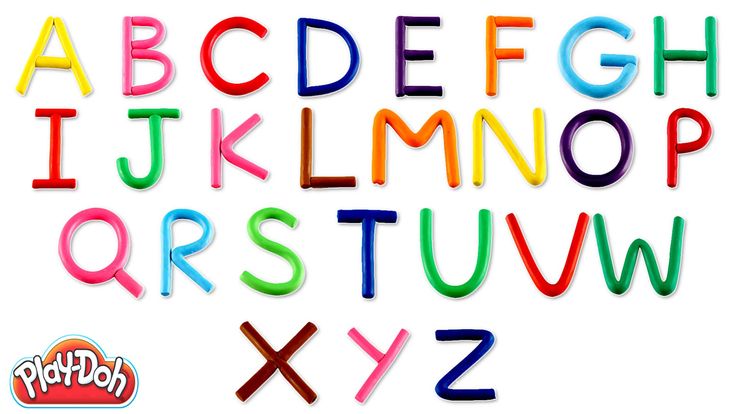 Will it stand firmly on the ground like the Latin alphabet, reach for the sky like the Hebrew alphabet, or float in zero gravity like the Chinese characters? I settled on weightlessness, so my symbols seem more "digital", whimsical and self-sufficient.
Will it stand firmly on the ground like the Latin alphabet, reach for the sky like the Hebrew alphabet, or float in zero gravity like the Chinese characters? I settled on weightlessness, so my symbols seem more "digital", whimsical and self-sufficient. - Divide characters into uppercase and lowercase only if it seems to you really necessary, because by doing so you double the amount of work. Many real alphabets have only one spelling.
Step 7: Punctuation
You forgot about punctuation, right? For our purposes there are two kinds of punctuation, I call them structural and accent.
Structural punctuation - commas, dashes, semicolons - helps to better understand the sentence, organizing it in the right way; we don’t really need it, because the fictional text will still not be readable. But you can still include it in your alphabet: it will make it visually more interesting, authentic and varied.
Accent punctuation emphasizes the context of a phrase, indicating words that should not be taken "literally" or words that are especially important! Or maybe this punctuation also helps to emphasize the doubt? Or even on ………………………….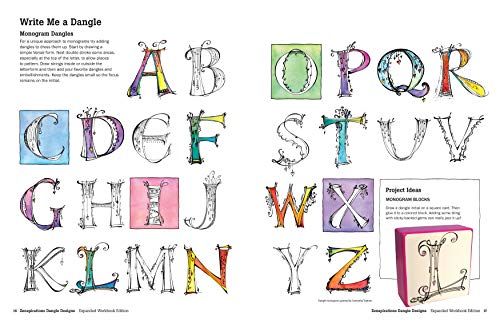 .silence?
.silence?
Whether or not you need punctuation is up to you and the specifics of your game. I decided that in Spryke, structural punctuation is useless, but accent punctuation might come in handy.
If you also decide to add accent punctuation to the game, it will need to be made recognizable to players, even if the alphabet itself is not. It makes no sense to come up with a new question mark to replace the "?", if the audience takes it for another letter.
This can be done in several ways:
- If your game is inhabited by the people of the modern world, you can use the same punctuation marks as in English, as they are also used in some non-Latin languages these days.
- You can come up with creative variations of familiar symbols that will look original, but at the same time understandable.
- You can completely abandon punctuation marks, using color, spacing, boldness, italics, underlining and size for emphasis.
- You can make punctuation marks so different from letters that they cannot be confused.
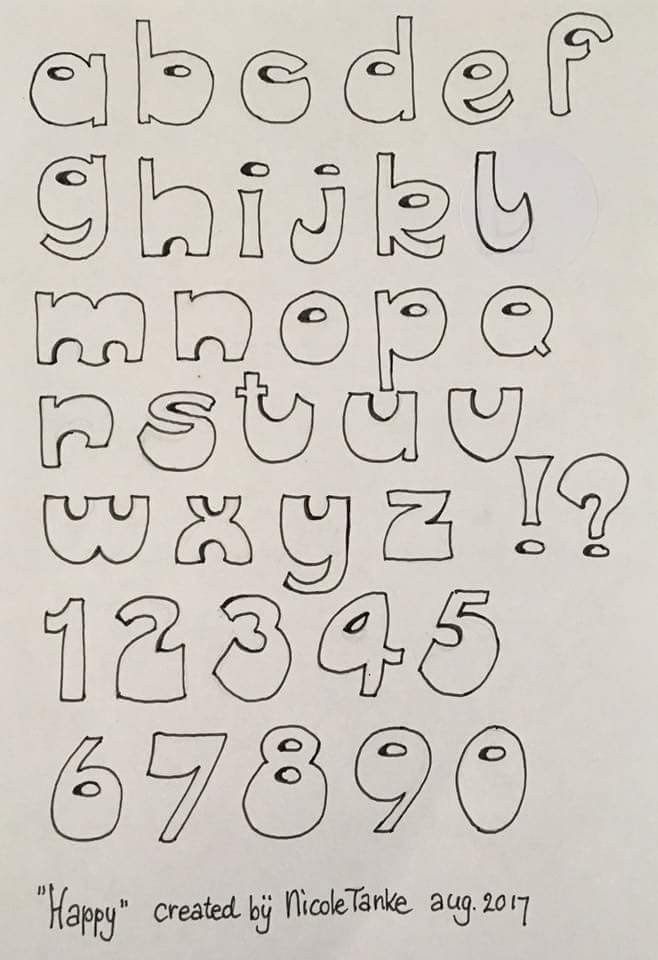
I chose the last option and made three different signs. Players will not understand their meaning exactly, but it will be noticeable that these signs emphasize something. Their unique design, elation, and quotation marks should help with that.
Step 8: Numbers
As with punctuation, numbers should be distinct from letters. In Spryke, I achieved this in two ways. First, I made them smaller and matched them to the same size. Secondly, I assembled them from other elements.
I chose arcs (unfilled circles) to make them look different from letters that use full circles, triangles and straight lines.
Step 9: Fonts
I'm writing this in my home office, but even here, without getting up from my chair, I can count about 20 different fonts: several on the monitor screen, one different on the logos of almost every electrical appliance in the room, and more a couple on an old ad on the table. Wherever you are, I'm sure there are many different fonts around you too.
Our world is full of different fonts, and it would be strange if everyone suddenly started using only one. So in the world of your game, several font variations will not hurt. Their development will not take as much time as it took you to develop the main version, but there is still a lot of work to be done. I suggest making several variations, keeping in mind a specific purpose for each.
I made four:
- My original font, it works well for small areas thanks to the same thin lines.
- Fatter one - for large areas, like buildings and large vehicles. I softened it up a bit by smoothing out some of the corners of the triangles.
- Rough, sloppy font for graffiti, cave inscriptions, etc. I made it only in raster format.
- Fun, stylish version for advertising, neon signs and more. I made the font more welcoming by smoothing out most of the corners and changing some of the characters so that there is enough white space between the elements.
Putting it all together
Spryke game elements containing text in various combinations of fonts, letters, numbers and punctuation.
Done! Now I have a unique, solid and interesting alien alphabet of 52 letters, 10 numbers and three punctuation marks, as well as four fonts (260 characters in total). Now I will implement it into the game world as Spryke develops, in the full confidence that I will have symbols for all possible cases.
I hope this helps someone, and if you designed your own alphabet, I'd love to take a look at it!
This article was originally posted on the Volnaiskra developer blog, Designing an Alien Alphabet.
Further reading : Designing languages. From Esperanto to Dothraki. Author: Pipersky Alexander Chedovich.
How to write the Russian alphabet. What is the alphabet and how did it all begin? Letters of the Russian alphabet
Why are the letters in the alphabet in that order? June 23rd, 2016
I often come across the answer to this question on the Internet in the following form: "this is an inexplicable fact.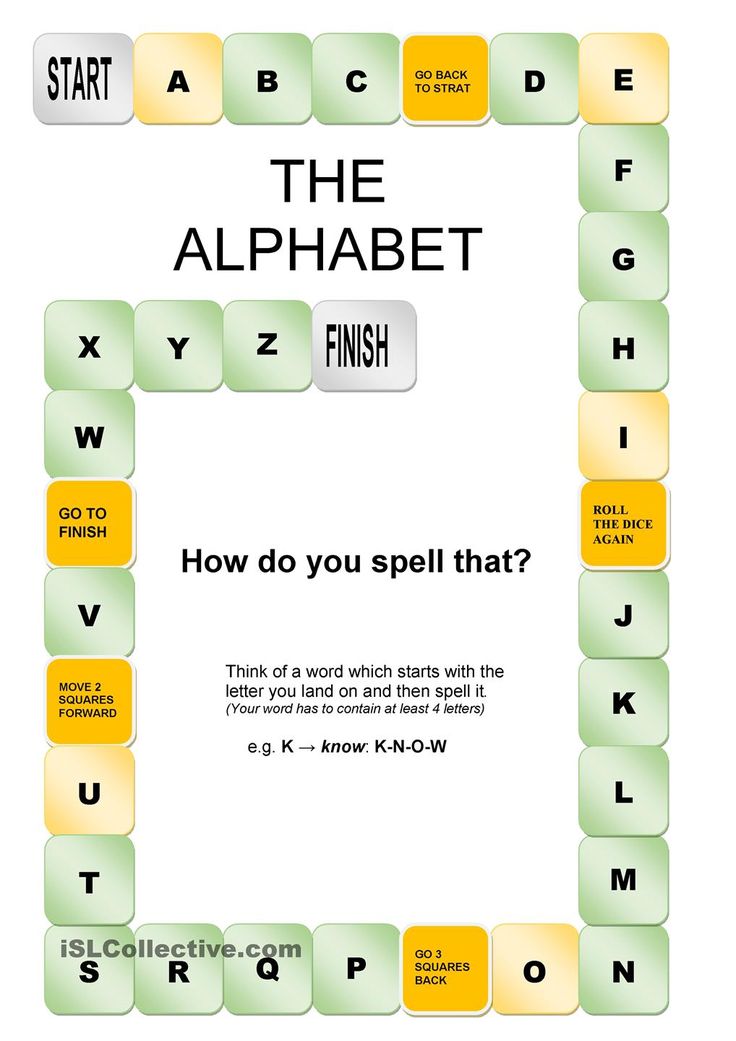 " But I still found some explanations, which I want to convey to you. And you already tell me if you heard a different version.
" But I still found some explanations, which I want to convey to you. And you already tell me if you heard a different version.
Everything is simple with the Russian alphabet. Slavic writing is only a little over a thousand years old, and its history is known. In the second half of the 9th century, the brothers Cyril and Methodius decided to bring Christianity to the Slavic world, and since Christianity is the religion of the book, Cyril invented the alphabet for the Slavs, the Glagolitic alphabet.
Cyril came up with the original styles (although based on the Greek minuscule common at that time), but kept the order in general terms. Maybe then, so that it would still be convenient to denote numbers with letters. Maybe because he did not know another order. Maybe because the alphabetical order of the language of the Bible is sacred - it is said in the Bible: “I am alpha and omega”, that is, the beginning and the end.
The only thing was to give some place to the letters that denoted sounds that were absent in Greek: B, Zh, C, Ch, Sh, etc.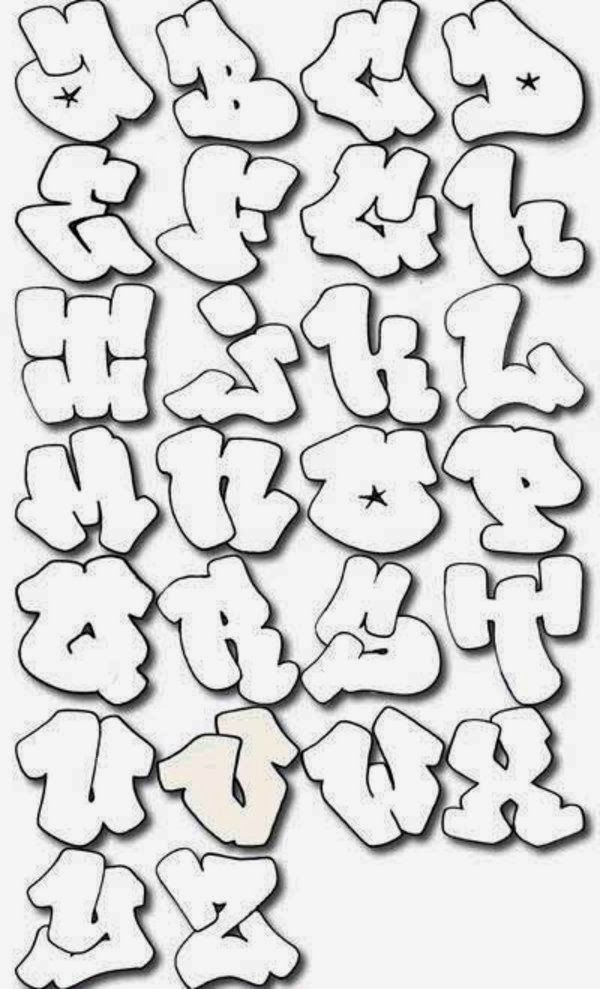 And they were placed either next to the letters denoting the most similar sounds (B - next to C, G - next to Z), or at the end of the alphabet. When Cyrillic, which is more similar to Greek letters, began to be used instead of Glagolitic, the alphabetical order was generally preserved, although some rare letters in different lists occupy different places, and some are found only in part of the lists.
And they were placed either next to the letters denoting the most similar sounds (B - next to C, G - next to Z), or at the end of the alphabet. When Cyrillic, which is more similar to Greek letters, began to be used instead of Glagolitic, the alphabetical order was generally preserved, although some rare letters in different lists occupy different places, and some are found only in part of the lists.
The Greek alphabet took its letter order from the Semitic script. There is a legend about the Phoenician Cadmus, who taught the Greeks writing. Like the Slavs, the Greeks needed additional letters, so at the end of the Greek alphabet we see phi (Φ), chi (Χ), psi (Ψ) and omega (Ω) missing from the Phoenicians. By the way, these letters are not in the early lists, the alphabet ends either in upslon (Y) or in general in tau (T).
Ultimately, the Latin alphabet goes back to the same source, which is why the order of the letters in it differs so little from the usual Russian. Perhaps the most noticeable is that in place of G in front of the letter D (D) we see C (read as “k”).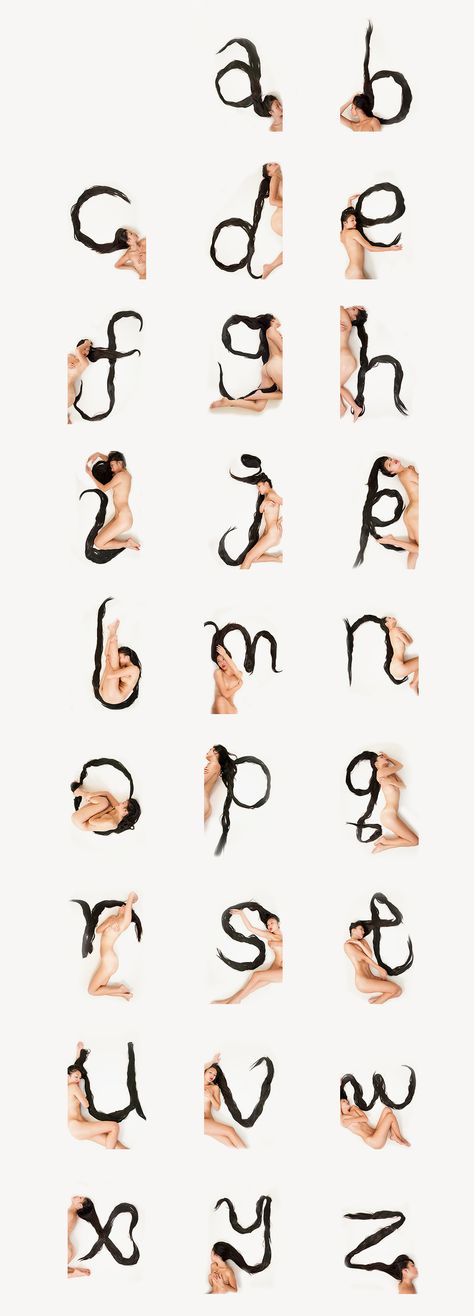 But if you look at the Latin letter G, you can see that it is derived from C (and was produced quite late - that's why the name Gaius was abbreviated with the letter C for a long time - never heard of "Caius" Julius Caesar?).
But if you look at the Latin letter G, you can see that it is derived from C (and was produced quite late - that's why the name Gaius was abbreviated with the letter C for a long time - never heard of "Caius" Julius Caesar?).
But exactly where the order of the letters in the Semitic script came from is not known exactly. The signs themselves, most likely, did not arise without the influence of Egyptian writing, but the Semites themselves came up with the order. Moreover, even before the appearance of the Semitic writing itself: for the first time it is found in the Ugaritic letter, and it is cuneiform.
If the Europeans simply copied the order of the letters (perhaps in order to preserve, at least for the most part, their numerical values behind the letters), then the ancient Indians, who had a good linguistic tradition, having received the Semitic script at their disposal, arranged the letters in accordance with pronunciation: first vowels, then consonants, and within these groups the order is also not random.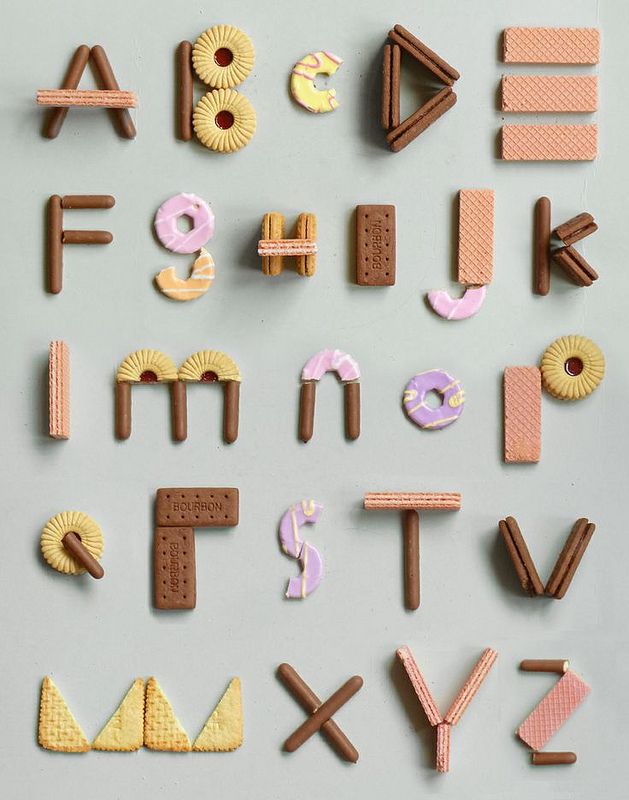 And the Indians came up with separate numbers for themselves. Then, through the Arabs, these figures reached Europe, and we know them under the name "Arab" - but that's another story.
And the Indians came up with separate numbers for themselves. Then, through the Arabs, these figures reached Europe, and we know them under the name "Arab" - but that's another story.
Here's another opinion: The fact is that the current alphabet system comes from the old Russian alphabet. And to memorize it, the method of mental images was used. After all, it is easier to memorize a meaningful text than to memorize a set of characters. So there was precisely such an order and no other. Of course, over time, it changed, some letters left, some were added, but the skeleton, so to speak, remained.
Az buki vede. The verb is good. Live green, earth, and, like some people, think of our peace. Rtsy word firmly - uk furt her. Tsy, worm, shta ra yus yati.
One of the translations of this text is as follows:
“I know the letters: writing is a treasure. Work hard, earthlings, as befits reasonable people - comprehend the universe!
Spread the word with conviction: knowledge is a gift from God! Dare, delve into, in order to comprehend the light of existence!
or here's another interesting one:
In a 7 by 7 square
In the first line:
I know God, I say good, so I exist.
In the second line:
Life is abundant on Earth when the universal truth is in the community from God.
In the third line:
For all thinking people only He (God) pronounces peace.
In the fourth line:
The word, approved from above, calls to confidently hold on to the foundations of the wisdom of goodness to complete the path, to come into harmony for a new beginning.
In the fifth line:
The protection of our earth's borders and growth ensure God's protection and our unity.
In the sixth line:
The harmonious development and growth potential of my family and me, as a part of it, depends on the Supreme source and the history of the family.
In the seventh line:
The meaning of life is to strive to perfect the spirit and soul until it fully matures into a perfect personality in eternity.
Vertical 1 column:
My life is like a thought clothed in sound, striving for harmony, the smallest particle of reason in the universe.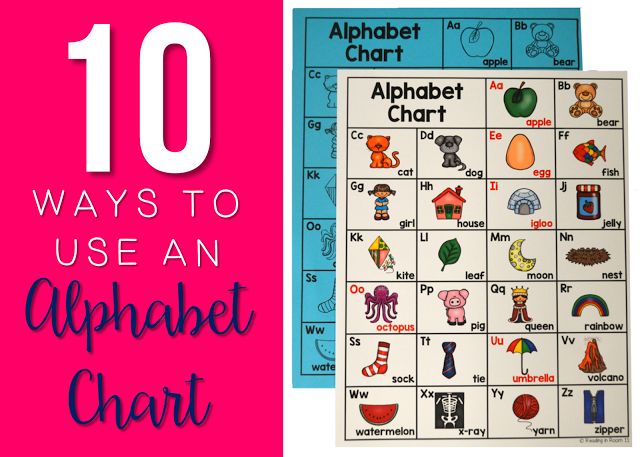
2 column:
God creates a solid border around people and directs them to self-improvement.
3rd column:
Knowledge of the Earth and reflection on it call for peace in the spirit of our kind (people).
4th column:
Telling the truth is our tradition, our protection, part of our soul. (What is the strength brother? - In Truth!)
5th column:
The blessing of the Universe is that God the Creator confidently and firmly creates the growth of everything, for the complete maturation of the seed.
6th column:
The essence of the existence of human society in peace, peace, balance, harmony, unity from the Supreme Source to the perfect soul.
7 column:
The existing heavenly Source brings to our world both the beginning of everything and the growth of everything, and the experience of people in time.
Diagonal from top to bottom and from left to right:
I think a lot and the basis of my creativity is the supreme Source always.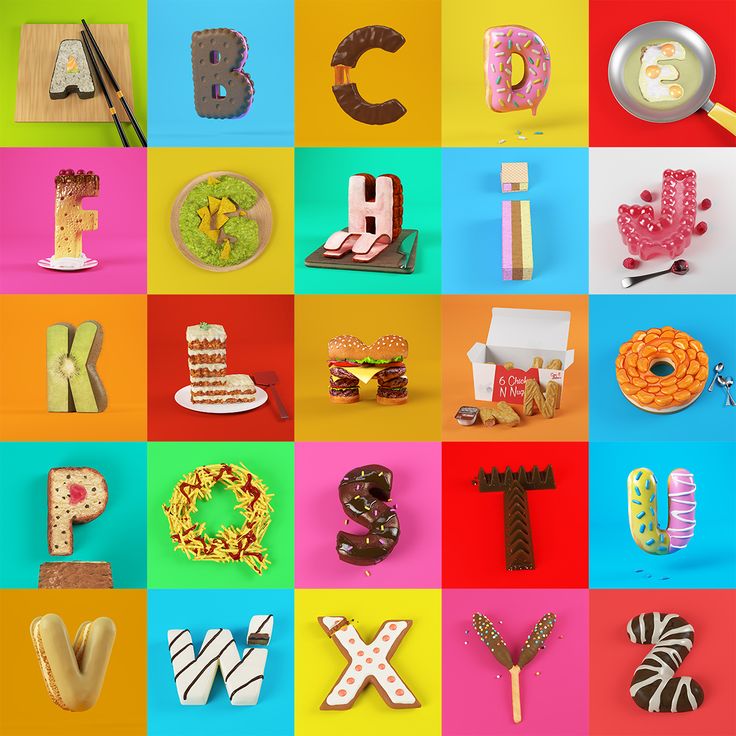
sources
The ancient science of numbers will help every person to see their true purpose in life. Sofia numerology considers the name and surname as a special code. Having deciphered it, you will understand what you have an indisputable talent for. This helps in choosing a profession or hobby, and for someone it can help to radically change their lives. The number of the name is easy to learn from the numerological alphabet. If you are ready for a change, then surprise yourself with this information.
The secret of the name will reveal not only your abilities, you can find out what the soul of the child, your soulmate, lies in.
This ancient knowledge can make life easier, guide a person along the right path. The letters have their own meaning, and it can make the owner of the name the happiest of people. If a person changes his first or last name, then his fate will also change - do not forget about it.
Numerology of fate
It has been known for a long time that the greatest secret of the Universe is hidden in numbers.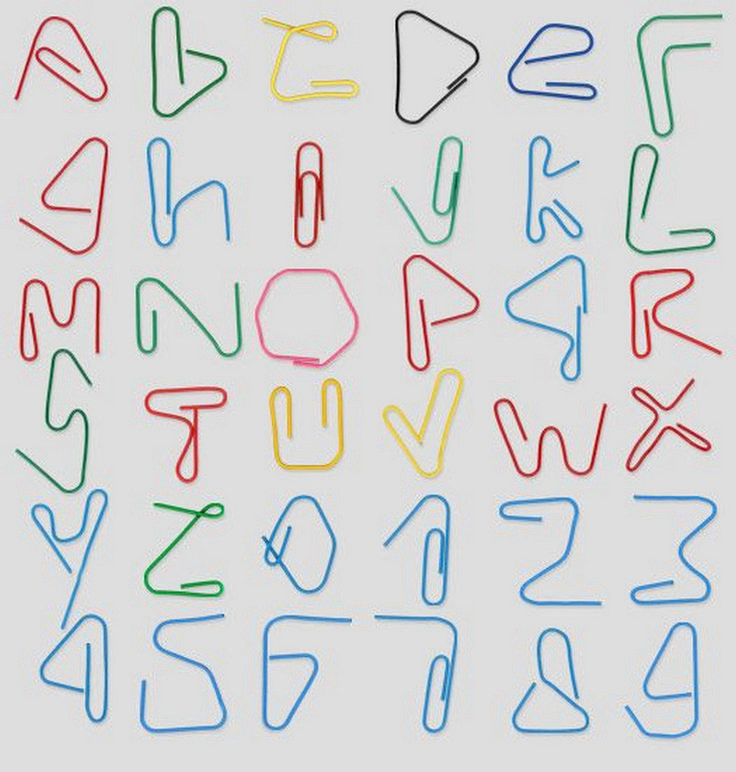 Many scientists have devoted their lives to numerology, and this science is half exact, half mystical. The letters have their own magic, which will be revealed only to those who are ready to plunge headlong into this secret knowledge. Letters surround us, first of all - our first and last name. Parents choose pleasant-sounding names, sometimes completely unbelievable, invented ones.
Many scientists have devoted their lives to numerology, and this science is half exact, half mystical. The letters have their own magic, which will be revealed only to those who are ready to plunge headlong into this secret knowledge. Letters surround us, first of all - our first and last name. Parents choose pleasant-sounding names, sometimes completely unbelievable, invented ones.
Are they doing the right thing or not? A set of letters gives the number of the name, and it determines his future life, fate. Be sure to check which name, along with the surname, will give your baby a lucky fate. If you have been living with your name for a long time, then find out how it can help you. We all have talents, hidden skills. We do not always know about them, but if developed, our talents can bring us not only satisfaction, but also fame, fame, money.
Numerological map can be calculated for any alphabet. Find out everything about yourself, your family and friends. All you need is your full name, middle name and last name. If your friend is from a country that doesn't use a middle name, just put the father's full name for calculations. This is important, because the middle name is a kind of guiding beacon that connects your life and the fate of your parents. In the most secret lies the answer to your question "Who am I?".
If your friend is from a country that doesn't use a middle name, just put the father's full name for calculations. This is important, because the middle name is a kind of guiding beacon that connects your life and the fate of your parents. In the most secret lies the answer to your question "Who am I?".
What's in my name for you
Different names - different fates. Repeating the same name in the family many times is a mistake. All its positive qualities, of course, are preserved, and the negative ones become a generic trait. Here, unfortunately:
- alcoholism, drug addiction;
- propensity to gamble;
- infidelity;
- aggressiveness, criminal inclinations.
It is better to enter new names - they will be a breath of fresh air for you and your descendants. Diversity, a mixture of cultures is good for your family. An unusual name can be very happy. Calculate its value using the Russian alphabet. In the Latin layout, it can give a different meaning.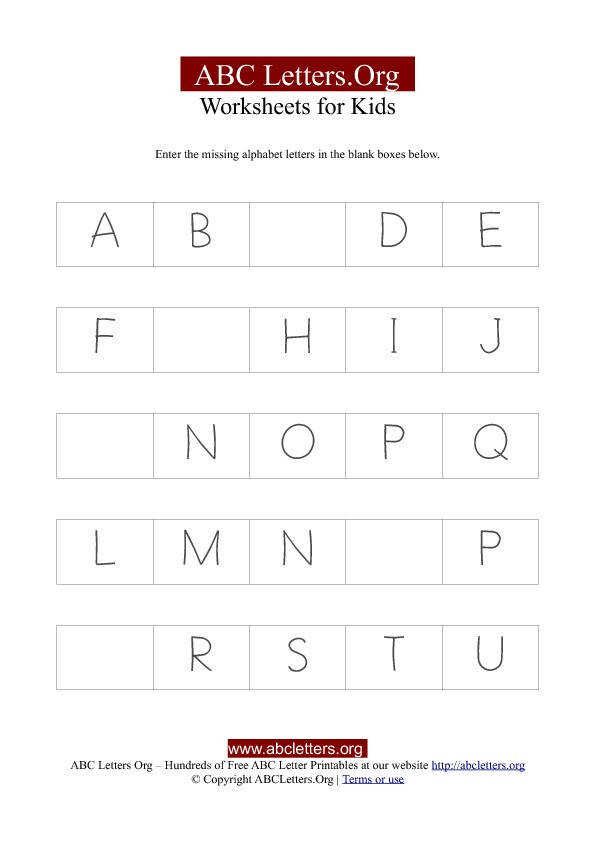
The alphabet is important
The alphabet matters, because a child or an adult will write it many times, sign it. The name is in passports, passes, on personal documents. It also gives them a special fate. It is believed that people with long, sonorous names are always happier. This is not necessarily the case, because we consider the name as a combination of the name itself, patronymic and surname. In fact, these are three names: your own, father, the whole family.
Tables of values
Everything has already been calculated, a table has been compiled for each alphabet. You just have to substitute the value - it's not difficult. The calculations are simple and anyone can do them.
Russian alphabet values (Cyrillic)
| 1 | 2 | 3 | 4 | 5 | 6 | 7 | 8 | 9 |
| A | B | B | G | D | E | yo | F | Z |
| I | Y | K | L | M | N | O | P | R |
| C | T | U | F | X | C | H | Sh | W |
| b | s | b | E | Yu | I |
In that order they should be used.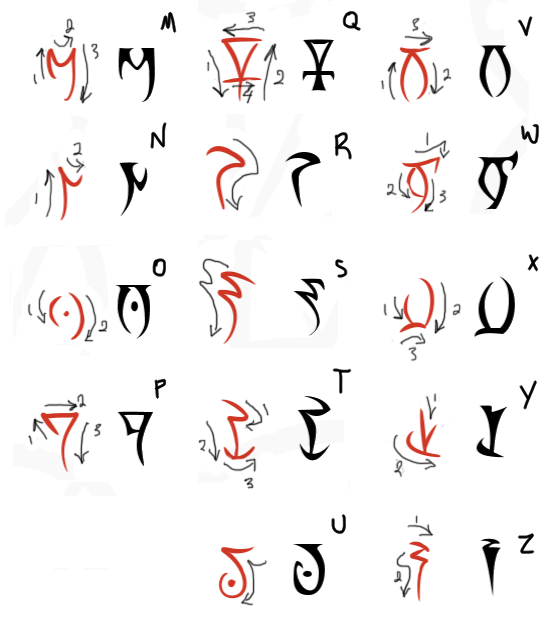 Combinations of letters and numbers will give you the final number. If you have already done calculations for classical numerology, then you know how to do it. If not, then an example will tell.
Combinations of letters and numbers will give you the final number. If you have already done calculations for classical numerology, then you know how to do it. If not, then an example will tell.
Latin characters
| 1 | 2 | 3 | 4 | 5 | 6 | 7 | eight | 9 |
| A | B | C | D | E | F | G | H | I |
| J | K | L | M | N | O | P | Q | R |
| S | T | U | V | W | X | Y | Z |
The numerological map for the Latin alphabet is the same. The calculations are done in exactly the same way.
Calculation of the number of the name
NIKOLAY 6+1+3+7+4+1+2=33=3+3=6
VASILIEVICH 3+1+1+1+4+3+6+3+1 +7=66=6+6=12=3
GOGOL 4+7+4+7+4+3=29=2+9=11=2
We got three numbers. Each of them has an important meaning of the letters, which can be considered separately. To find out the final value, add three numbers:
Here it is, the number that determines fate this person. In the same way, numerology allows you to choose a name for a child. You already have a surname and, most likely, a patronymic. Choose the perfect combination. True, this method can deprive your baby of an important thing - a gift from Fortune. Parents are mainly guided by their feelings on behalf of, and not by counting letters. This gives the child a chance to get an unexpected talent.
Deciphering the number of the name
The alphabet is important, but in fact, it is needed only to obtain this value. This numerology tool has been used since ancient times.
1
The person does not even take a step back. His whole life is a constant movement towards the intended goal. Have you met such people? They only have what they love on their minds. It can be a hobby that has become a job. It's hard with them, no one argues. But, pay attention - their idea always exceeds expectations. A person with the number 1 always brings the matter to the end. Most likely, he chose the profession of a lawyer, economist, investment specialist, or is engaged in high technology. Less often these people are doctors, politicians. The number 1 is difficult for its owner, it does not allow deviating from the intended path to relationships, extra feelings, experiences.
It's hard with them, no one argues. But, pay attention - their idea always exceeds expectations. A person with the number 1 always brings the matter to the end. Most likely, he chose the profession of a lawyer, economist, investment specialist, or is engaged in high technology. Less often these people are doctors, politicians. The number 1 is difficult for its owner, it does not allow deviating from the intended path to relationships, extra feelings, experiences.
Units - people of action
2
The number of letters in the name gave 2. A person strives for harmony in life. But, cannot reach it. He is never satisfied, he always wants to get something better. People often suffer from health problems, especially mental ones. It seems that he lives only one life known to him. Always a lot of plans, prone to creative activity. the pictures are only half painted, everything is not done to the end. It is part of his nature to quickly become disillusioned with the results of his labors, not yet waiting for the results.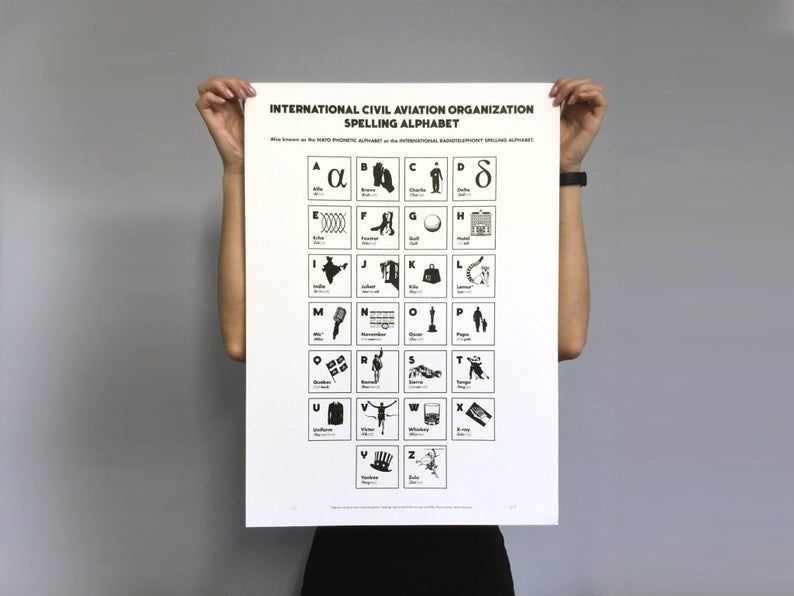 It happens that once they are lucky - they receive recognition, applause, glory. All life is a reminder of that moment. It's hard, agree. Poets, artists, researchers - that's their destiny.
It happens that once they are lucky - they receive recognition, applause, glory. All life is a reminder of that moment. It's hard, agree. Poets, artists, researchers - that's their destiny.
3
For Troikas, stability and balance are key
Stable personalities with name number 3. The numerological alphabet shows 3 when a person is able to find harmony in his existence. Three - the first of the number of harmony, it says that in the spiritual, material and personal terms, a person has achieved balance. He knows how to be different at the same time, change, adapt to circumstances. It will find a place for itself in almost any field of activity, but most often - doctors, designers, teachers. Moreover, they are very successful in their work. People with the name number 3 can only be envied, because they find such a path through life that leads to a straight path.
4
Four is the second stable number. It characterizes 4 elements.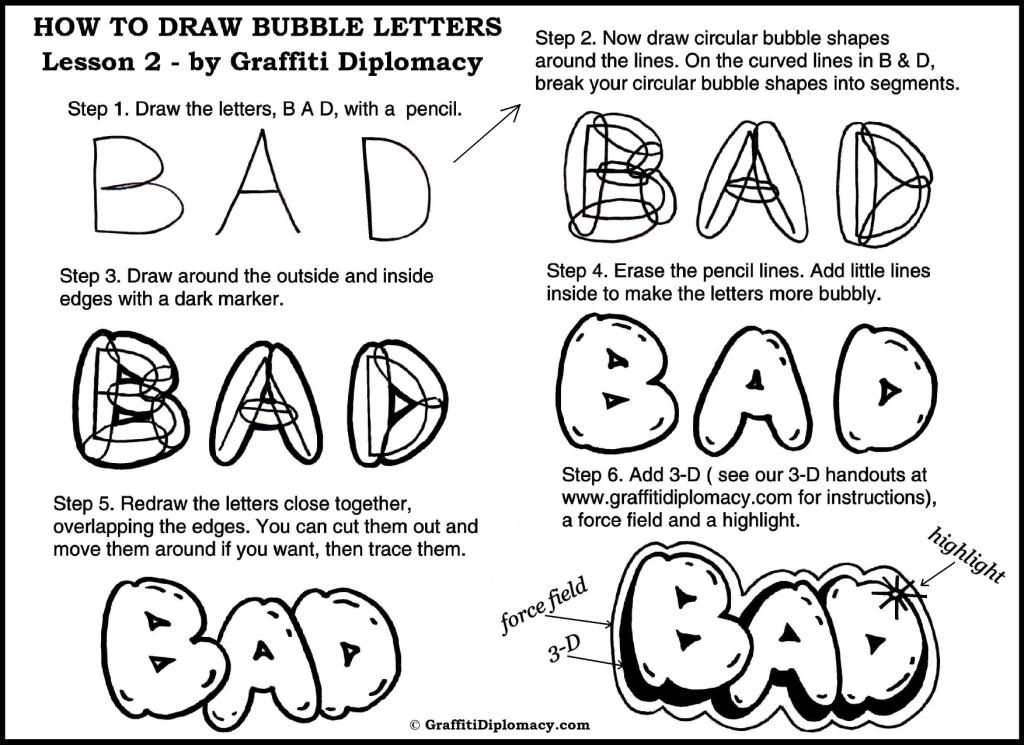 The harmony of that number is colossal, so that a person can not only improve his life, but also bring balance to the lives of other people. Most often these are social professions, psychology, massage, people working with children. If this is your number, then you probably noticed that animals love you very much, people are drawn to you, children always smile. This is your inner property to give away is visible from afar. Positive person with great potential.
The harmony of that number is colossal, so that a person can not only improve his life, but also bring balance to the lives of other people. Most often these are social professions, psychology, massage, people working with children. If this is your number, then you probably noticed that animals love you very much, people are drawn to you, children always smile. This is your inner property to give away is visible from afar. Positive person with great potential.
5
Fives need to control themselves
Five is a very dangerous number. It says that a person often deviates from the plan. Pulling everything to quit, start something new, come up with another project. He needs constant supervision. In childhood, these are parents, and then? The man is an adult, but children's problems still remain. He wants to take a leadership position, but it’s hard to do it, and if it works out, failure is inevitable. The alphabet of your name says that you just need to take hold of yourself with both hands.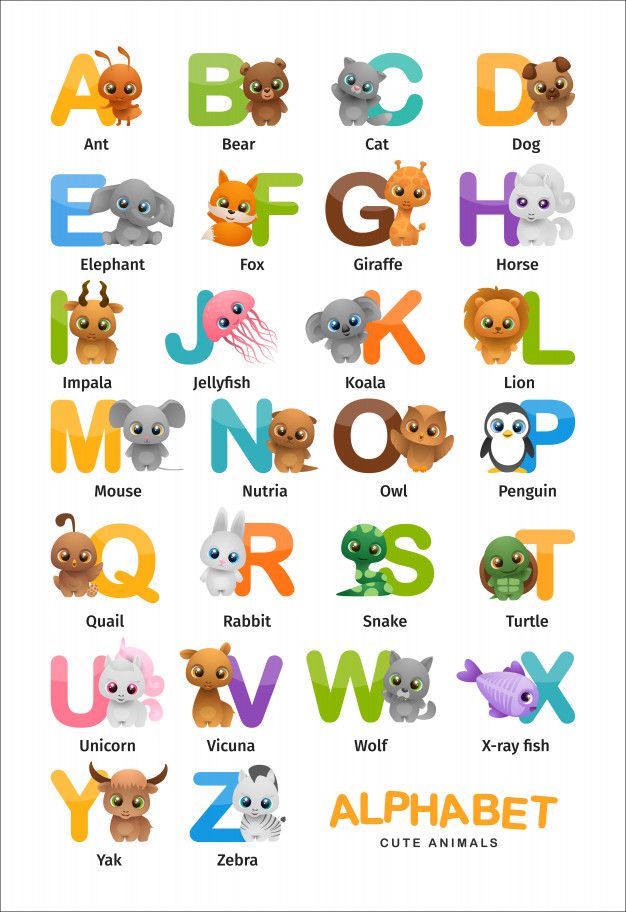 Make plans, schedules, keep a diary. This will help you concentrate.
Make plans, schedules, keep a diary. This will help you concentrate.
6
The third harmonious number, consisting of two triples or 2 and 4. Very lucky those who have it. Often names that give 6 are specifically given to children. A person is at the epicenter of events, but does not lose his head; focused when needed, and after that - can relax, have fun; knows exactly how to distribute his time and love between family, friends, work, personal life. The positive number 6 is capable of many things. First of all, they are good drivers. Of the professions, 6 chooses legal specialties, cooking, and is fluent in numbers.
7
Seven is the number of an adventurer. Very often these people cannot hold money in their hands. They literally burn your pocket. There is a great danger of getting addicted to gambling. It seems that the wheel of Fortune is turning towards you, here it is - the long-awaited good luck. The lucky period passes quickly, and it is simply impossible to catch up with Fortune.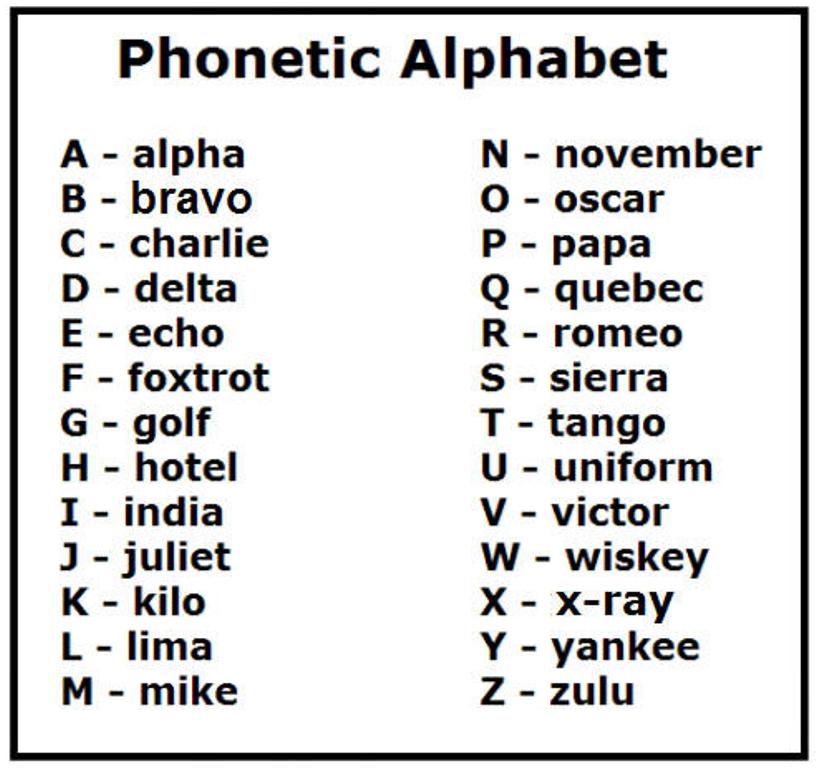 Along with gambling comes a passion for waste, useless purchases. Pay attention to what you spend money on, it may very well be that they flow away so quickly precisely because of the inability to spend. This person definitely cannot work where there is cash.
Along with gambling comes a passion for waste, useless purchases. Pay attention to what you spend money on, it may very well be that they flow away so quickly precisely because of the inability to spend. This person definitely cannot work where there is cash.
Gambling Sevens are always on the move
8
The figure eight indicates that the alphabet of your name is harmonious, although there are some problems. Man is obsessed with the material world. Things, objects, money, income mean too much to you. You are completely absorbed in your material life, and you have not thought about the spiritual sphere for a long time. It is not only about the religious aspect, but also just about good rest, values. Traveling outside the city is a pleasure from nature, clean air. A good book - an impression, a fantasy, a dream. Dinner with old friends - laughter, emotions, fun. All this makes life richer spiritually. Why not? You are used to working, thinking about your family, solving problems.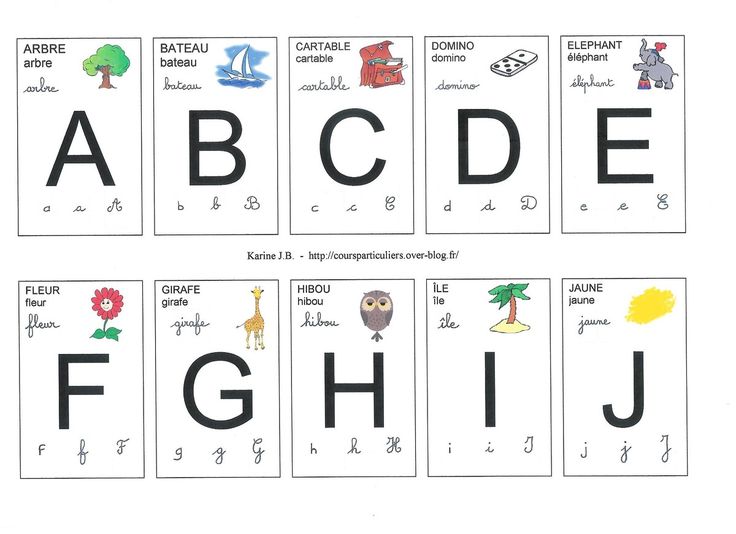 Who will think of you? Such a person has established himself as an administrator, business leader, political scientist, university professor.
Who will think of you? Such a person has established himself as an administrator, business leader, political scientist, university professor.
9
Nines are prophets among people
Sofia numerology agrees here with the classical one. People with the number 9 are messengers of heaven. They came into the world with a specific purpose, they bear their burden for as long as it is necessary. Their path is always clear, because the Angels lead a person with a nine. He knows exactly where to step, where to turn, what to do next. How? Don't ask, just believe in him. It is not easy for him from his mission, but he is a sign - if not him, then no one can do it. The most beautiful thing is that after its completion, he feels unprecedented freedom. What should have happened, he fulfilled the divine purpose. What will happen next? Perhaps a new plan awaits him, but for now - a little rest.
Change of name and surname
Now it is fashionable to change the name.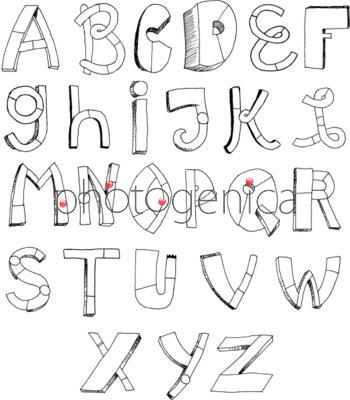 A person can choose an exotic name for himself, or vice versa - change to a simpler one. This is good, because we can change fate together with him. Always approach the change process intelligently if you decide to. Changing letters will change your name number, and new talents may come along with it. Unfortunately, something old will definitely go away.
A person can choose an exotic name for himself, or vice versa - change to a simpler one. This is good, because we can change fate together with him. Always approach the change process intelligently if you decide to. Changing letters will change your name number, and new talents may come along with it. Unfortunately, something old will definitely go away.
Another situation with the change of surname. Women do this often, just to keep up the tradition, to please their husband. If you see that a new surname will bring you trouble, it is better not to change it. The numerological alphabet allows you to calculate all possible options. Why not, maybe your husband wants to change his last name in this case?
Fate is in your hands. Fortunately, you can influence the number of the name. If it seems to you that:
- fate treats you too harshly;
- you fail;
- relationships, love, friendship do not add up.
Think about it, maybe it's the name? Of course, in order to decide to change the name, a very good reason is needed, the presence of all these points at once, for example.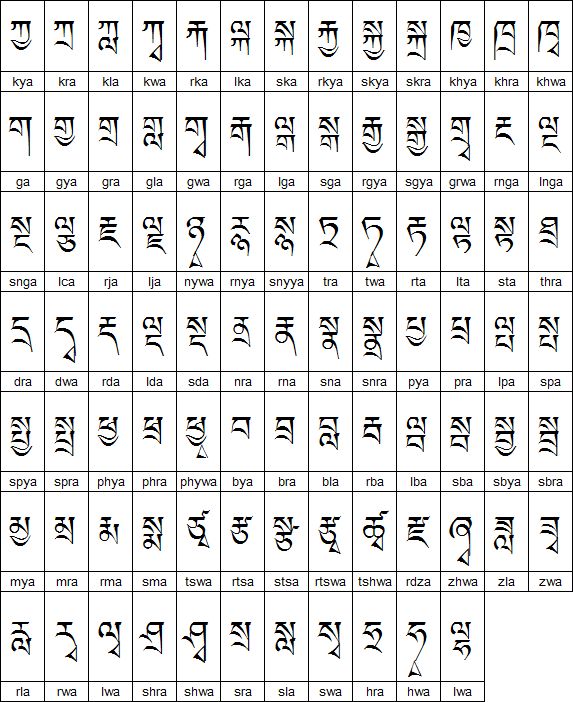 Changing names is exciting, but not always beneficial. You can't confuse fate. Change is possible only once in a lifetime, it cannot be done more often.
Changing names is exciting, but not always beneficial. You can't confuse fate. Change is possible only once in a lifetime, it cannot be done more often.
Letters are required to record sound speech. There are 33 letters in modern Russian that make up the Russian alphabet. All the necessary information about the alphabet is presented in our article.
Brief history
Who created the Russian alphabet? The question is not so obvious. Indeed, over the antiquity of years, a lot of changes have been made to it, many reforms have been carried out.
In Rus', the alphabet - Cyrillic - appeared in connection with the adoption of Christianity, and it was required first of all in the church. Each letter had a different name (for example, a - az, b - beeches, c - lead, etc.) The numbers were also indicated by letters. Written without spaces or punctuation marks. Long and well-known words were written in abbreviated form, putting a special sign over them - a title.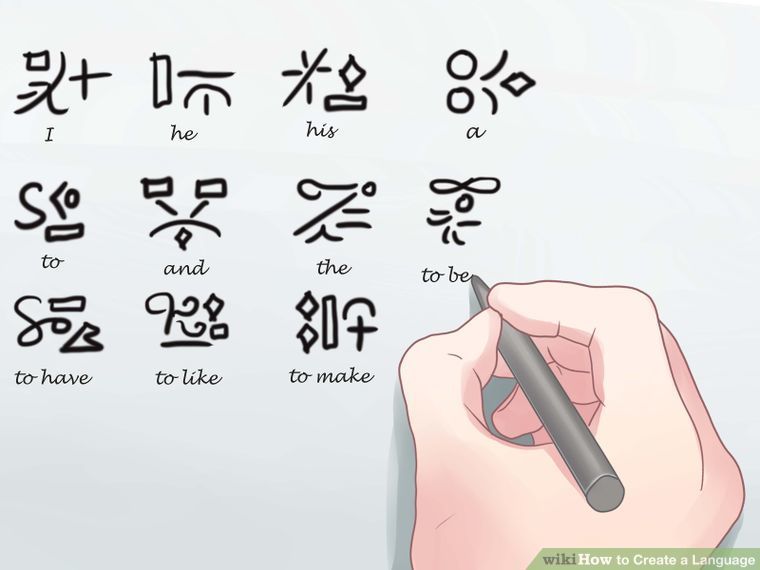 To make it easier for the monks who were taught to read to memorize the alphabet in order, they were offered to memorize a special prayer ("alphabet"), where each line began with a letter in alphabetical order (the first - in az, the second - in beeches, etc.).
To make it easier for the monks who were taught to read to memorize the alphabet in order, they were offered to memorize a special prayer ("alphabet"), where each line began with a letter in alphabetical order (the first - in az, the second - in beeches, etc.).
There is no doubt that the creators of the first Slavic alphabet are Saints Cyril and Methodius. But what is the first alphabet? There is an opinion that Cyril created the Glagolitic alphabet, and the Cyrillic alphabet, which is the basis of the modern alphabet, is the creation of a student of St. Cyril, Clement of Ohrid.
Many reforms of the Russian alphabet were intended to bring it closer to what sounds are actually still used in speech. Therefore, the letters Ѯ, Ѱ, Ѳ, V and several others disappeared.
Oral speech is primary, so the alphabet is designed to reflect its phonetic composition.
Letters of the Russian alphabet
The Russian alphabet, like the Latin alphabet, is based on Greek. Many letters are very similar now. For example, β - in, π - p, etc. However, the sound composition of the Greek language differs from the Slavic. Therefore, Cyril and Methodius slightly increased the number of letters, striving to ensure that the alphabet had signs for all vowels and consonants. We do not have to resort to the use of special icons or write 2-3 letters to convey one sound.
Many letters are very similar now. For example, β - in, π - p, etc. However, the sound composition of the Greek language differs from the Slavic. Therefore, Cyril and Methodius slightly increased the number of letters, striving to ensure that the alphabet had signs for all vowels and consonants. We do not have to resort to the use of special icons or write 2-3 letters to convey one sound.
Learning the alphabet
Letters in Russian, like in any other alphabet, are arranged in a certain order. Naturally, it is random. So is it necessary to memorize the Russian alphabet in order? Of course you do! After all, it is in this sequence that the words in the dictionary and the names of the children in the school magazine, books in the library and articles in the encyclopedia are located - any elements of any list. Of course, the alphabet is usually given at the beginning of the dictionary for those who could not remember it, but it is always better to know for yourself than to rely on a hint.
The alphabet is easy to learn. The alphabet of the Russian language for children in the form of a poster with colorful pictures can be bought at any store for schoolchildren. There are many poems and songs for memorizing the alphabet in order. For foreigners studying Russian, a transcription table of the Russian alphabet can be useful, which offers not only the outline of letters, but also their pronunciation.
What have we learned?
From the article we learned that the basis of the Russian alphabet is its Greek counterpart. We learned by whom and when the alphabet was invented. They answered the question why in everyday life to know the order of the letters in the alphabet.
-
It is not always possible to find even the simplest things on the Internet, with regards to the numbering of the alphabet, the same thing.
Ordinal numbers of letters, you can see in the table below, the correct order and correspondence of the serial number.
The letter A is in the first place.
The letter B is in second place.
The letter B is in third place.
The letter G is in fourth place.
The letter D is in fifth place.
The letter E is in sixth place.
The letter is in seventh place.
The letter Zh is in eighth place.
The letter Z is in ninth place.
The letter I is in tenth place.
The letter Y is in eleventh place.
The letter K is in twelfth place.
The letter L is in thirteenth place.
The letter M is in the fourteenth place.
The letter H is in fifteenth place.

The letter O is in sixteenth place.
The letter P is in seventeenth place.
The letter P is in eighteenth place.
The letter C is in nineteenth place.
The letter T is in twentieth place.
The letter U is in twenty-first place.
The letter F is in twenty-second place.
The letter X is in twenty-third place.
The letter C is in twenty-fourth place.
The letter H is in twenty-fifth place.
The letter W is in twenty-sixth place.
The letter Щ is in twenty-seventh place.
The letter Ъ is in twenty-eighth place.
The letter Y is in twenty-ninth place.
The letter b is in the thirtieth place.
The letter E is in thirty-first place.
The letter Yu is in thirty-second place.
The letter I is in thirty-third place.
There are 33 letters in the Russian alphabet. Probably everyone knows this. And the serial number of the letter can be useful to solve some riddle, charade or read an encrypted letter.
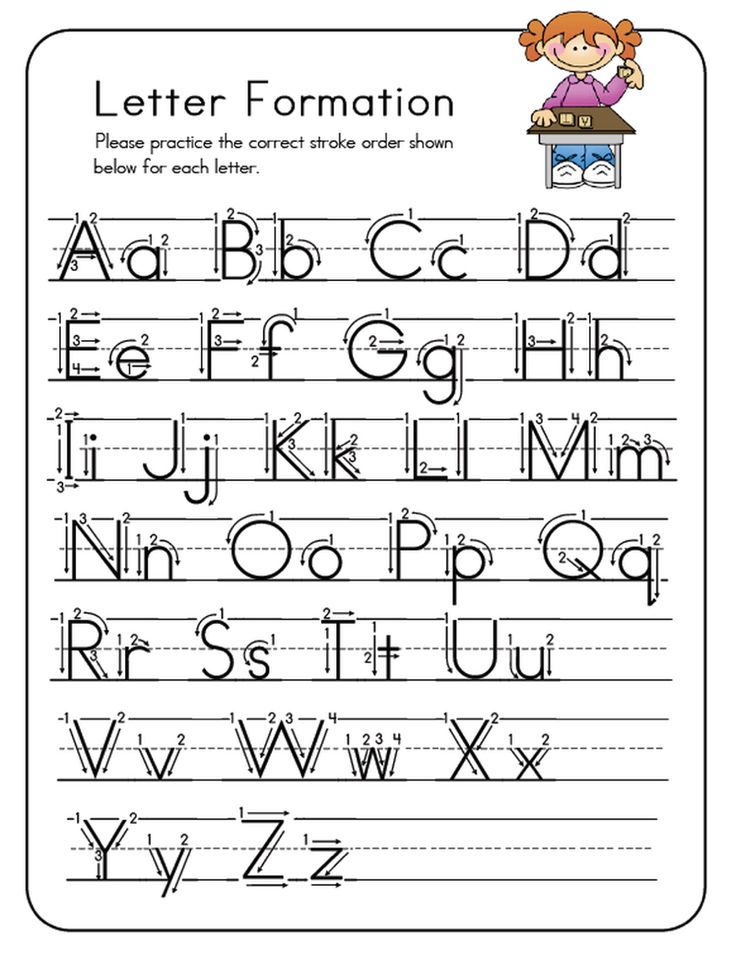
Ordinal number of letters in the Russian alphabet .
- A - number 1 ,
- B - number 2 ,
- B - number 3 ,
- G - number 4 ,
- D - number 5 ,
- E - number 6 ,
- - 7 (some people forget that e and are still different letters, they should not be confused),
- F - 8,
- Z - 9,
- I - 10,
- Y - 11,
- K - 12,
- L - 13,
- M - 14,
- H - 15,
- O - 16,
- P - 17,
- R - 18,
- C - 19,
- T - 20,
- U - 21,
- F - 22,
- X - 23,
- C - 24,
- H - 25,
- W - 26,
- Shch - 27,
- b (solid sign) - 28,
- S - 29,
- b (soft sign) - 30,
- E - 31,
- Yu - 32,
- I am 33.
Russian alphabet in reverse order looks like this (first comes the serial number, and after the number the letter itself)
- 33 - A,
- 32 - B,
- 31 -B,
- 30 - G,
- 29 - D,
- 2 - E,
- 27 - ,
- 26 -F,
- 25 - Z,
- 24 - I,
- 23rd,
- 22 - K,
- 21 - L,
- 20 - M,
- 19 - N,
- 18 - Oh,
- 17 - P,
- 16 - R,
- 15 - C,
- 14 - T,
- 13 - U,
- 12 - F,
- 11 - X,
- 10 - C,
- 9 - H,
- 8 - W,
- 7 -Sch,
- 6 - b,
- 5 - S,
- 4 - b,
- 3 - E,
- 2 - Yu,
- 1 -I.

-
The letter A has serial number-1
B-serial number-2
B-sequence number-3
Letter E number 6
The letter has serial number 7
F- number 8
Letter Z-number 9
I- has serial number 10
E girlfriend Y- number 11
K-12 on account
Letter L-13
We consider the letter H 15 according to the account
16 is the letter O
Ъ-28 alphabet letter
A a a ordinal 1
B b b ordinal digit 2
V in ve ordinal digit 3
G g ge serial number 4
D d de ordinal 5
E e ordinal 6
ordinal 7
W w w ordinal 8
Z z ze ordinal digit 9
And and and ordinal 10
й й and short ordinal number 11
K k ka (not ke) ordinal number 12
L l el (or el, not le) ordinal number 13
M m em (not me) ordinal number 14
N n en (not ne) ordinal number 15
O o o Ordinal number 16
P p p p ordinal number 17
R r er (not re) ordinal number 18
S with es (not s) ordinal number 19
T t te ordinal number 20
Y y y ordinal number 21
F f ef (not fe) ordinal number 22
X x ha (not he) ordinal number 23
Ts tse ordinal number 24
H h th ordinal 25
Sh sh sha (not she) ordinal number 26
Shch shcha (not yet) ordinal number 27
Ъ ъ hard sign ordinal number 28
S s ordinal number 29
b b soft sign ordinal number 30
E e e (e negotiable) ordinal number 31
Yu Yu Yu ordinal number 32
i i i ordinal number 33
It is useful to know the serial numbers of letters of the Russian alphabet, it is not bad to know the reverse numbering of letters, it is also sometimes required to know the numbering of pairs of letters equally distant from the ends of the alphabet.
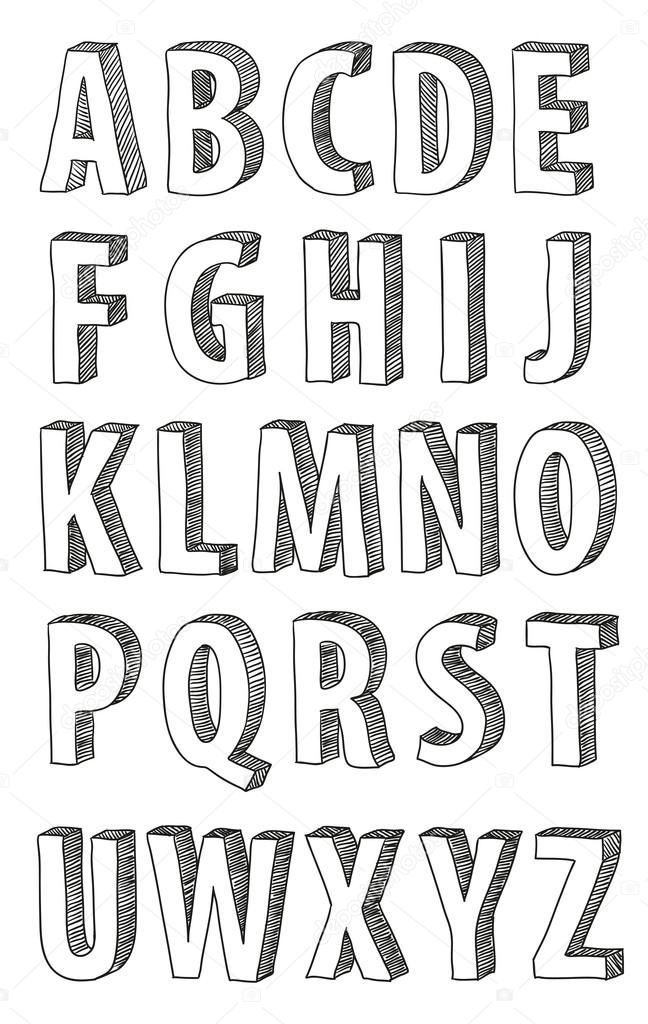 This knowledge can help in solving various kinds of logical problems.
This knowledge can help in solving various kinds of logical problems. So, the Russian alphabet is numbered in order:
Reverse alphabet:
Pairs of letters equidistant from the ends of the alphabet:
-
fourth
The letter Dd would be 5
The letter Her will be 6
The letter will be 7
The eighth, ninth and tenth are the letters G, Z, I
Eleventh letter
Twelfth letter
Real Russian Alphabet.
Grigori Ovanesov.
Grigory Tevatrosovich Ovanesov.
ALPHABET OF A SINGLE LANGUAGE.
No. ________ _____ _________1__1___a___10__10____f____19___100____y____28__1000____r
2__2___b___11__20____i_____20__200____m_____29__2000____s
3___3___y____12__30___l_____21__300____y____30___3000___in
4__4___d____13__40___x_____22__400____n____31__4000____t
5__5___e____14__50___s______23__500____sh____32__5000___r
6__6___z____15__60___k______24__600____o____33__6000___c
7__7___e____16__70___h______25__700____h____34__7000___y
8__8___s____17__80___z______26__800____p___35___8000___f
9__9___t____18___90___g____27__900____j____36___9000___q
_____________________________________________________________________________
No.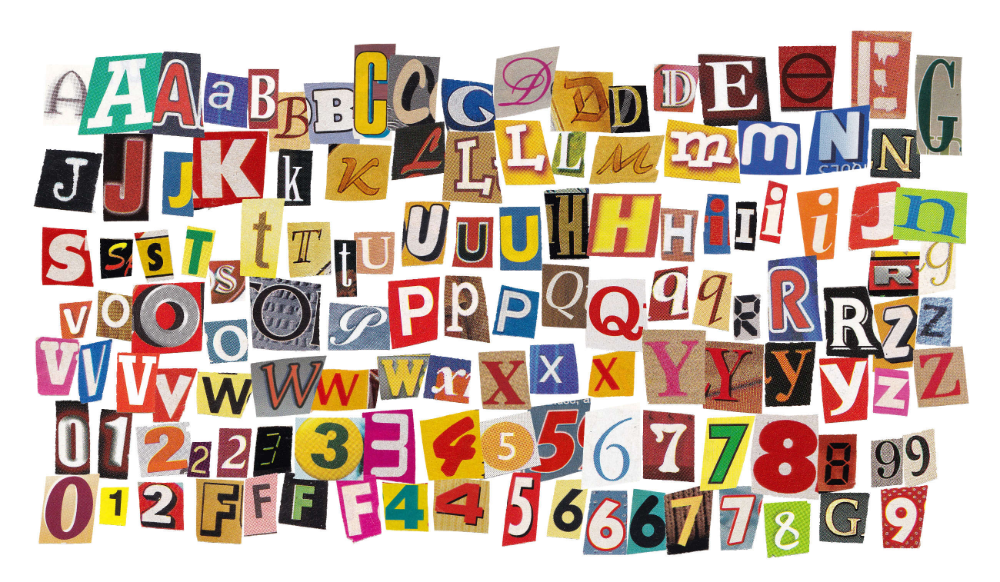 — Letter number. h.z. - the numeric value of the letter. R. - Russian alphabet.
— Letter number. h.z. - the numeric value of the letter. R. - Russian alphabet.
To indicate the beginning of a sentence, you must use the same letters with an increased size. It also means that the letter h is a soft voicing of the letter Г, which is used in Russian, but is not recorded and is used in dialects (adverbs), especially by shepherds when they drive cows reproducing the sound he (ge). Such a pronunciation of the letter G as h is considered non-literary. In addition, the same letter G as a throaty thin wheezing sound is written as g. Moreover, the letters “e” are voiced as “yyy”, “t” as “tx”, “s” as “tc”, “z” as “dz”, “j” as “j”, r as a solid (English) “ p” and “q” as “kh”. There are no diphtones Ya (ya), Yu (yu), E (ye) and Yo (yo) in the alphabet, since their sounding by separate mono sounds already exists in the alphabet. Of course, b and b signs are not letters, since they are not voiced, and cannot be used in the alphabet. In the process of voicing the letters of the alphabet, people actively used a wide range of sounds that animals and birds make, imitating them. Of course, the predecessors of the alphabet in graphic notation are two interconnected alphabets compiled millions of years ago. They were restored by me for the first time in the world, with the same number of letters, which ensured upright posture, the development of grasping movements and the creation of the semantic content of words with the voicing of letters. Moreover, having restored two ancient ABCs, I turned out to be their modern creator. In addition, with the help of the ABC, the concepts of counting and numbers with letter-by-letter notation and designation with the fingers of the hand were introduced, the decimal system of counting units, the concepts of length and time were compiled. Actually, the number of fingers with gaps between them on the hands and feet is four nines, which together make the number 36.
Of course, the predecessors of the alphabet in graphic notation are two interconnected alphabets compiled millions of years ago. They were restored by me for the first time in the world, with the same number of letters, which ensured upright posture, the development of grasping movements and the creation of the semantic content of words with the voicing of letters. Moreover, having restored two ancient ABCs, I turned out to be their modern creator. In addition, with the help of the ABC, the concepts of counting and numbers with letter-by-letter notation and designation with the fingers of the hand were introduced, the decimal system of counting units, the concepts of length and time were compiled. Actually, the number of fingers with gaps between them on the hands and feet is four nines, which together make the number 36.
Thus, with the help of the Unified Alphabet, a letter-by-letter way of writing numbers was created. For example, the number 9999 was originally written letter by letter as q j g t or 3446 as vnkhz (see the alphabet above).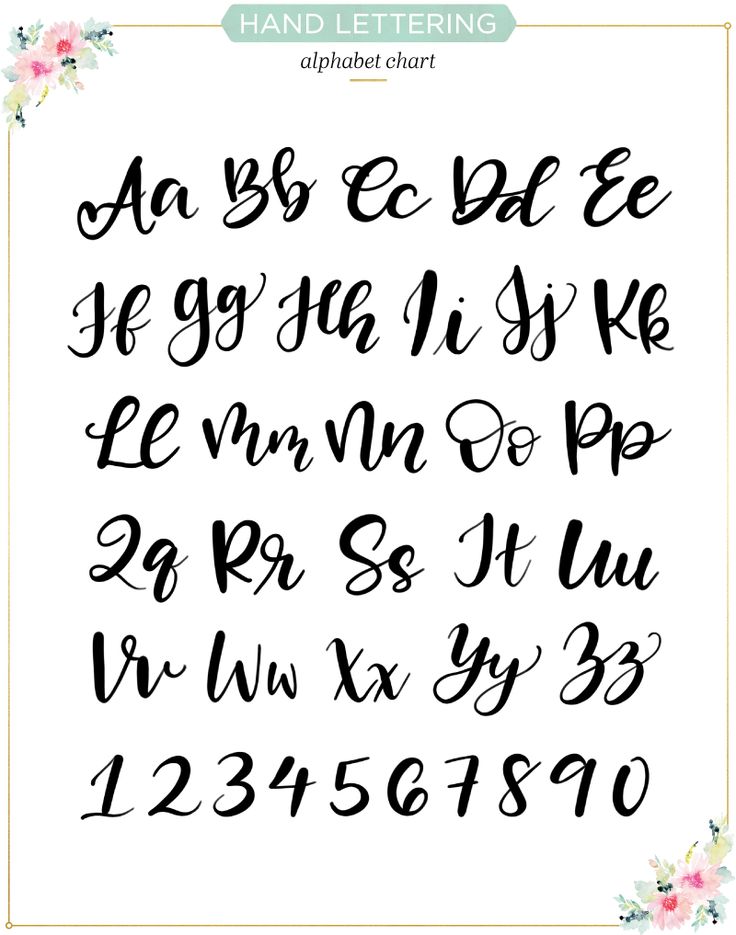 Actually, it was not easy for me to figure out the mechanism of letter-by-letter recording of numbers and numbers on my own. For this, I used only the alphabet with the numerical values of the letters. In principle, this is a very serious topic, so I singled it out separately.
Actually, it was not easy for me to figure out the mechanism of letter-by-letter recording of numbers and numbers on my own. For this, I used only the alphabet with the numerical values of the letters. In principle, this is a very serious topic, so I singled it out separately.
Moreover, for the first time in the world, I gave a definition to the DIGITAL and NUMBER.
In this case, the Number is the number in the record voiced by a letter or a word.
So a Number is a number written letter by letter or in numbers.
Of course the quantity is HOW MUCH.
It should be borne in mind that the number 0 is voiced by the word “zero, zero”, the number 1 is voiced by the word “one, one”, the number 2 is voiced by the word “two, two”, etc., moreover, in different languages in their own words.
Moreover, the reflection of the Unified alphabet in the form of the positions of the fingers and their grasping movements made it possible to substantiate how all numbers up to the largest from 10,000 and beyond, which are now used for counting, were created.
Learn more
Oh yes, I remembered the lower grades when we wrote encryption, we used a digital system and put one letter in order, and the other against the order, by the way, the letter P is the same in the account and back and forth it is the seventeenth - once I knew all this by heart and knew how to write encryption quickly enough.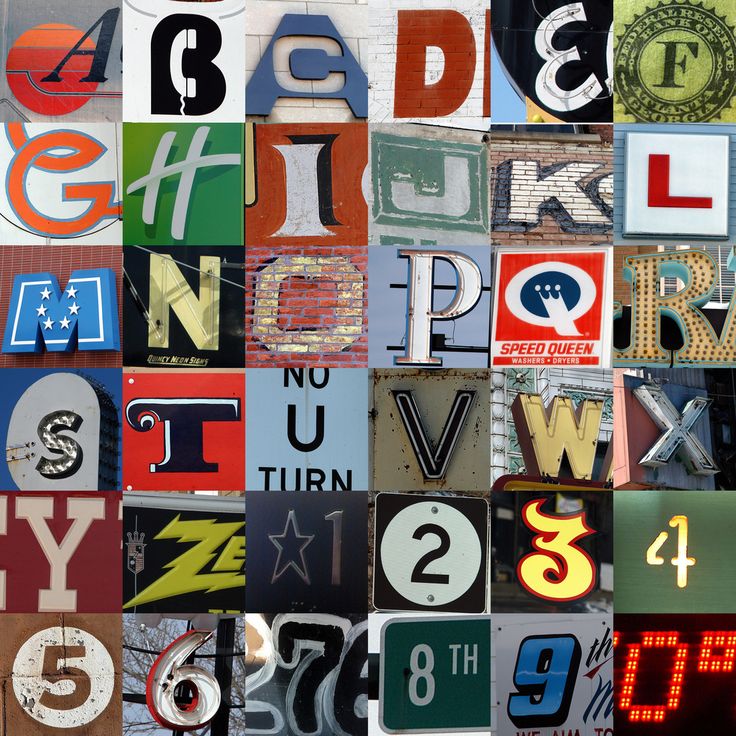
There are 33 letters in the Russian alphabet. Each letter has its own number. The distribution is based on the principle A - 1 letter of the alphabet, B - 2 letters of the alphabet, etc. to the last letter - I, which is 33 in a row.
It would seem, well, why would anyone need to know the ordinal numbers of letters in the Russian alphabet? Probably, those who have passed tests to determine the IQ know that you need to know this in order to successfully cope with the tasks of the tests. There may be not one, or two, but many more such tasks in the test. For example, in this test there are five such tasks out of forty.
Here, for example, is the very first task of the test and the last fifth:
Below is the alphabet in the figure, which shows which letter of the 33 letters of the Russian alphabet has which serial number. The first digit is a forward count, the second digit is a reverse count. In this form, the numbering and the alphabet itself are easier to remember than a list.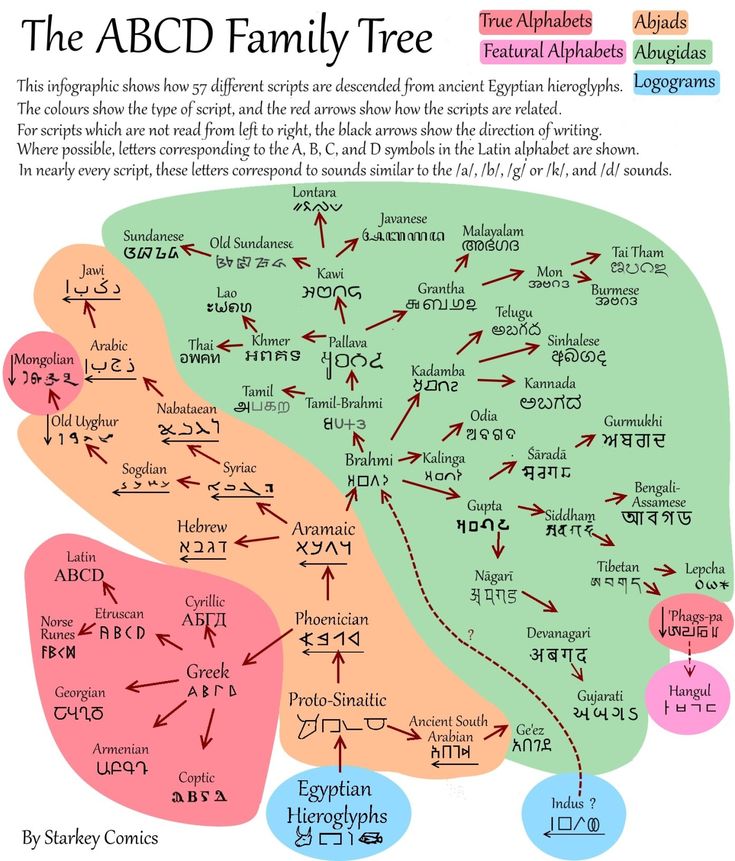
There are only 33 letters in the Russian alphabet:


